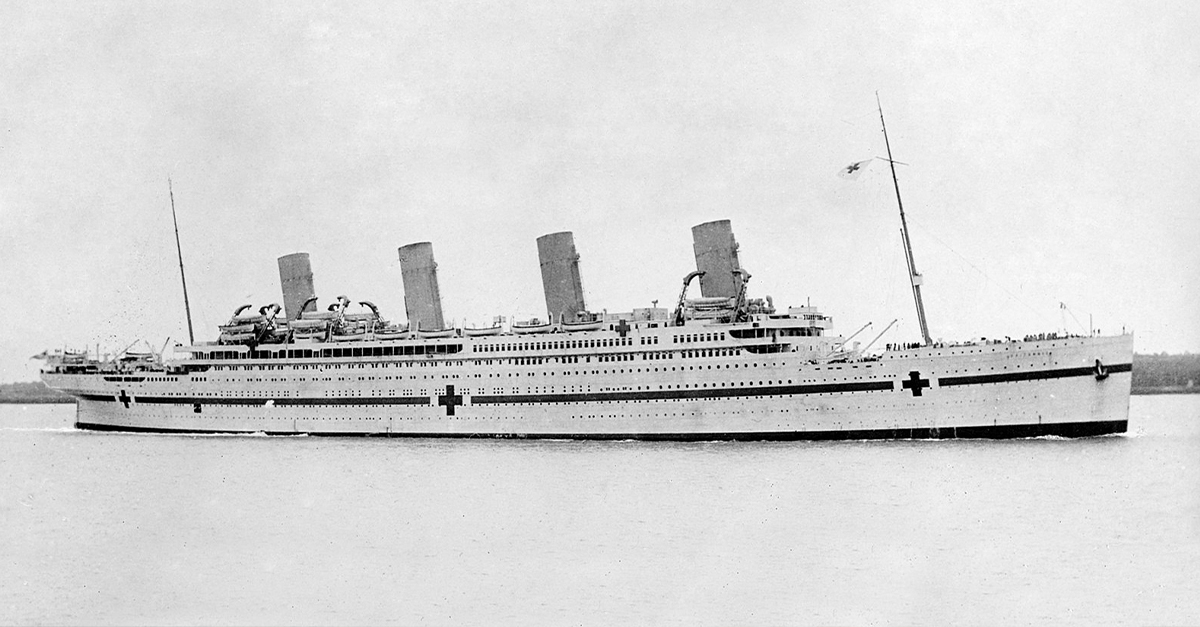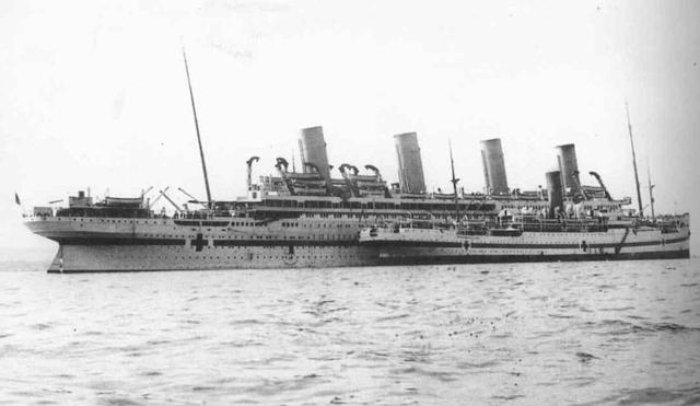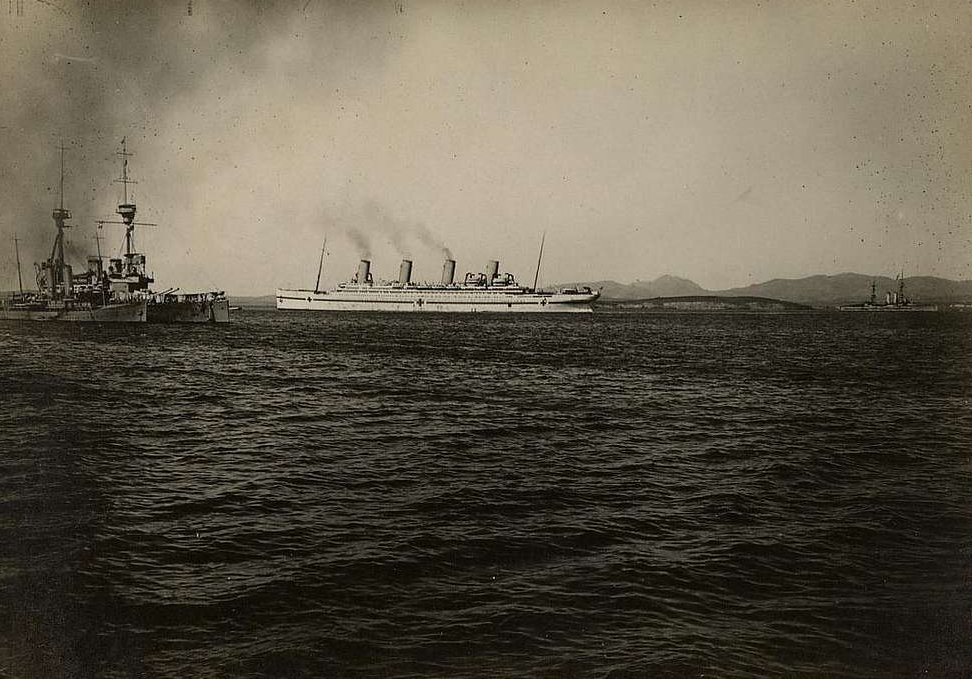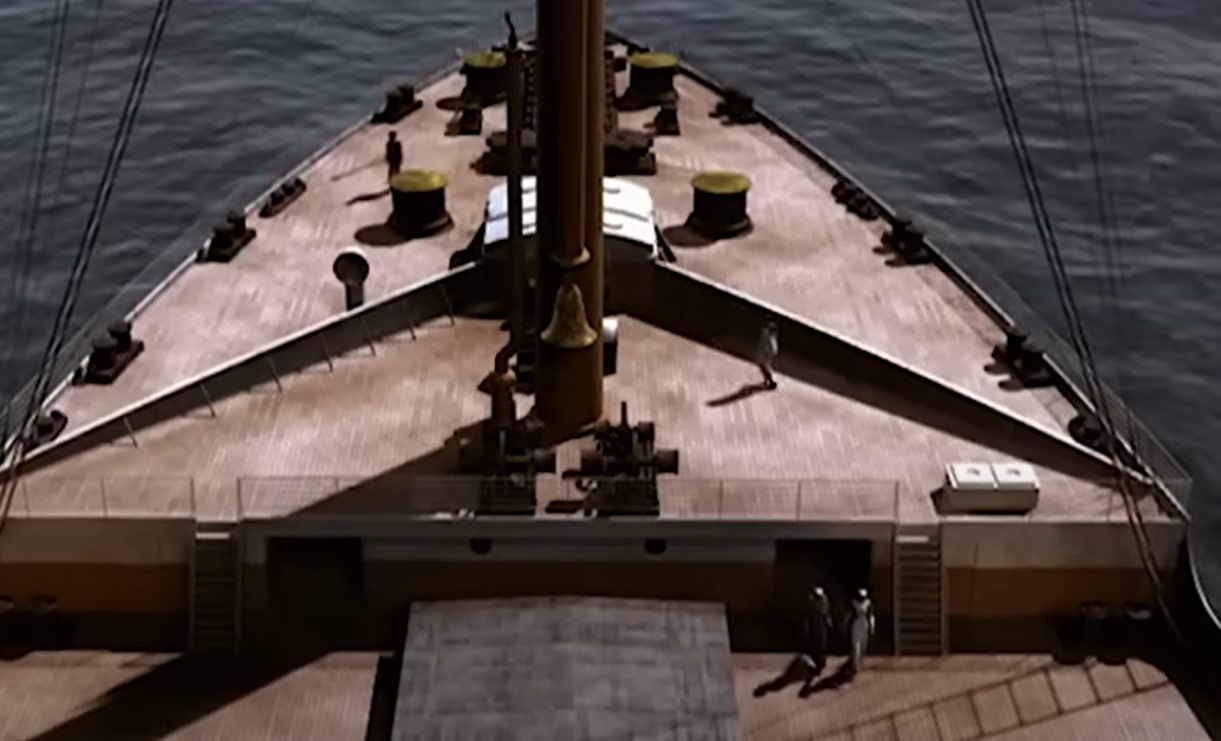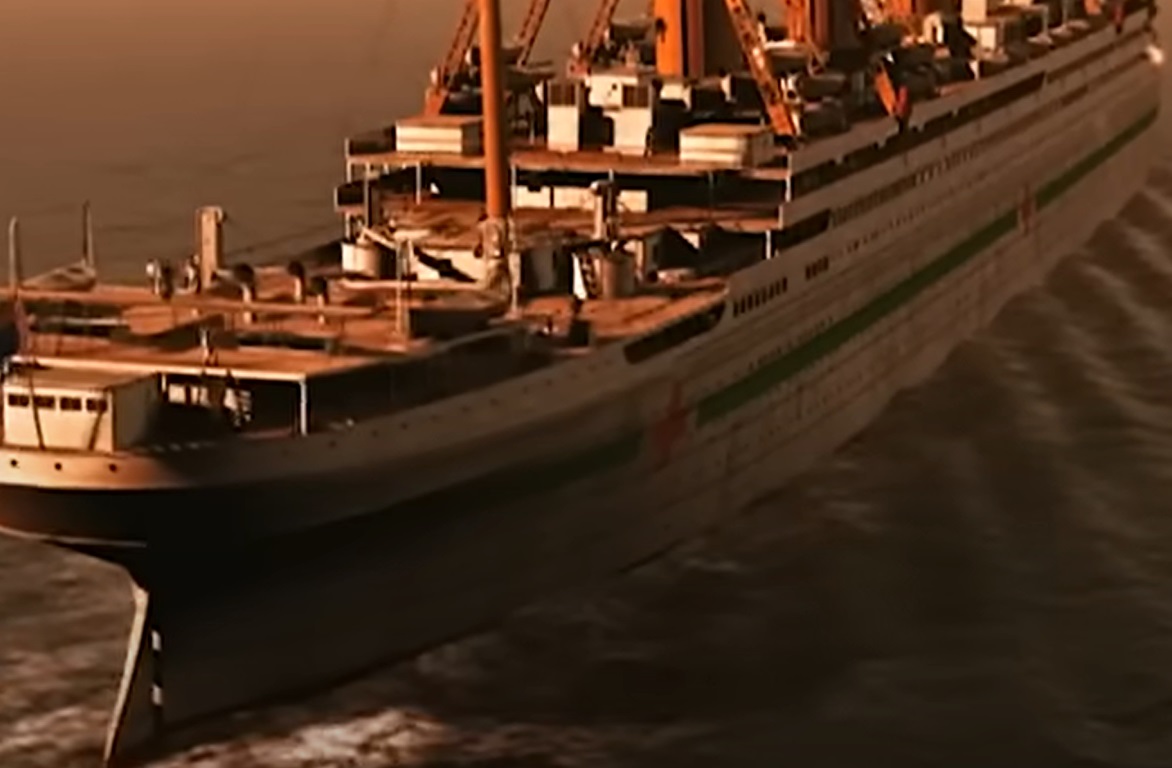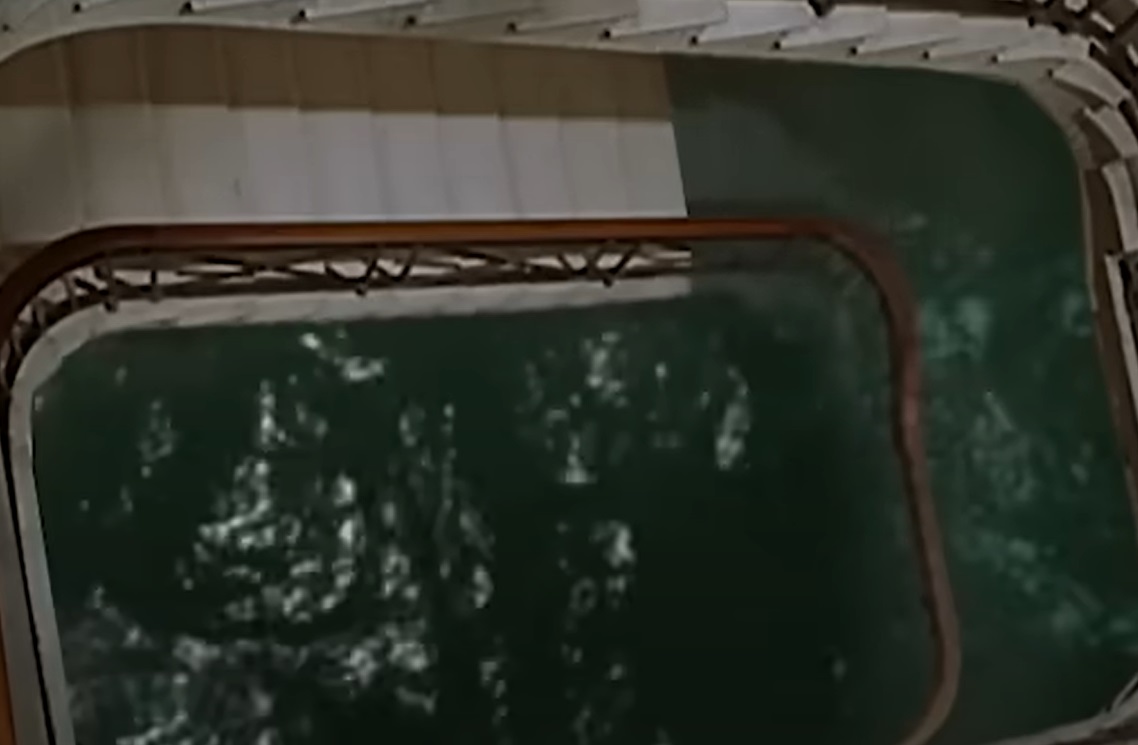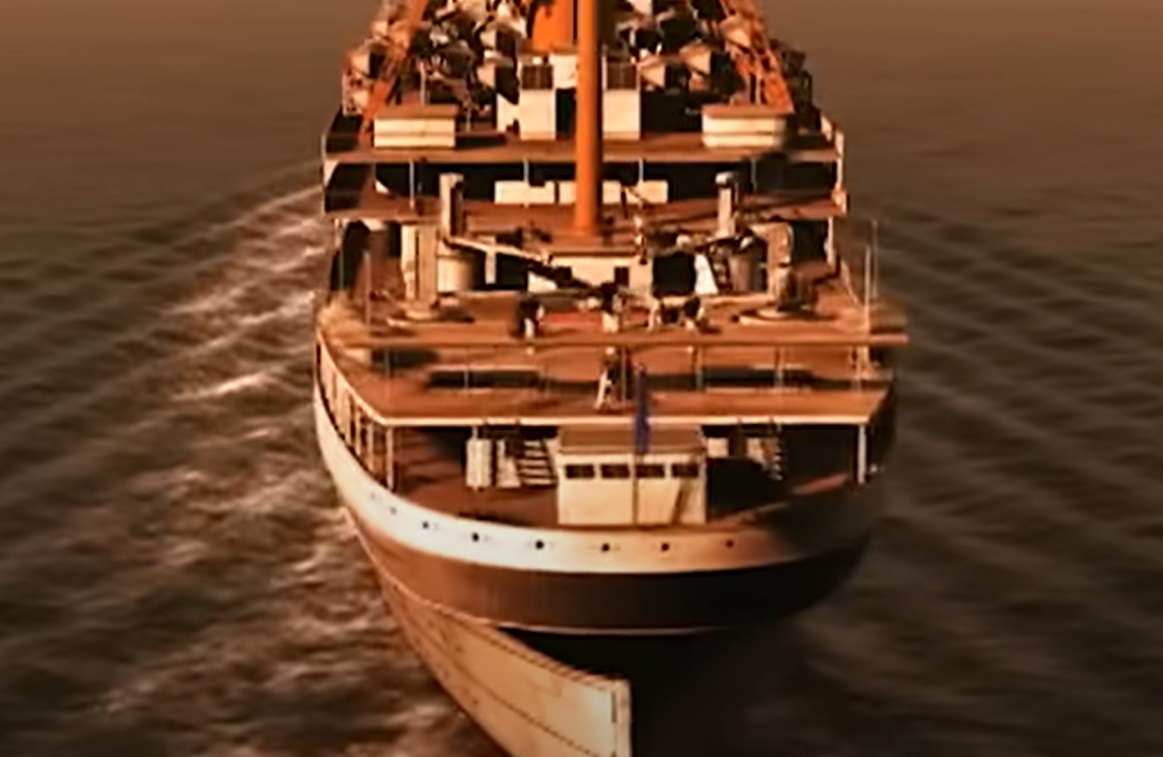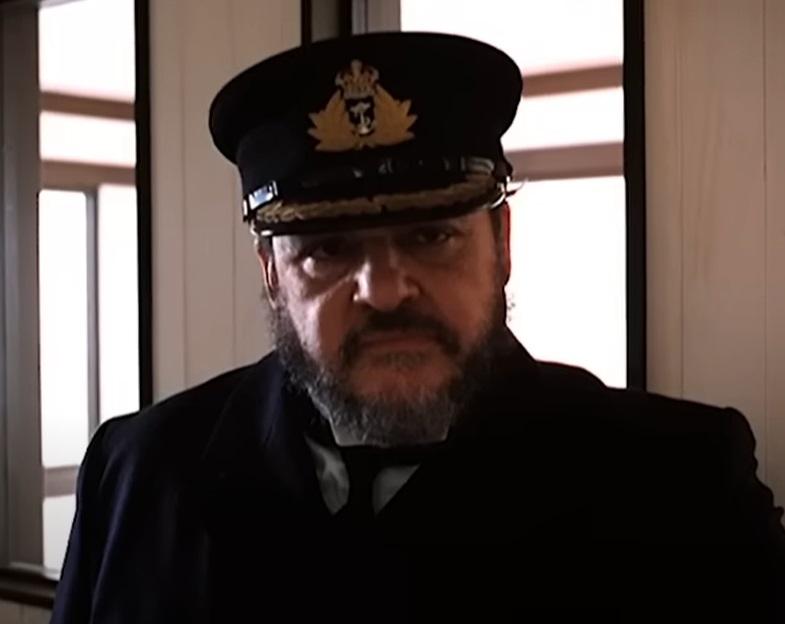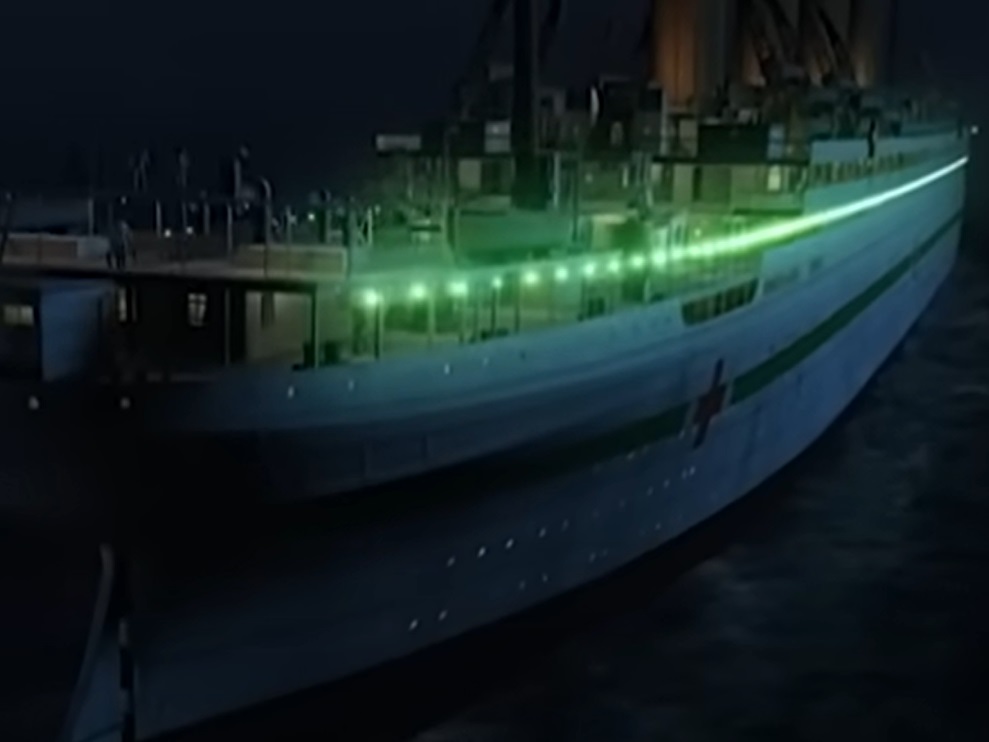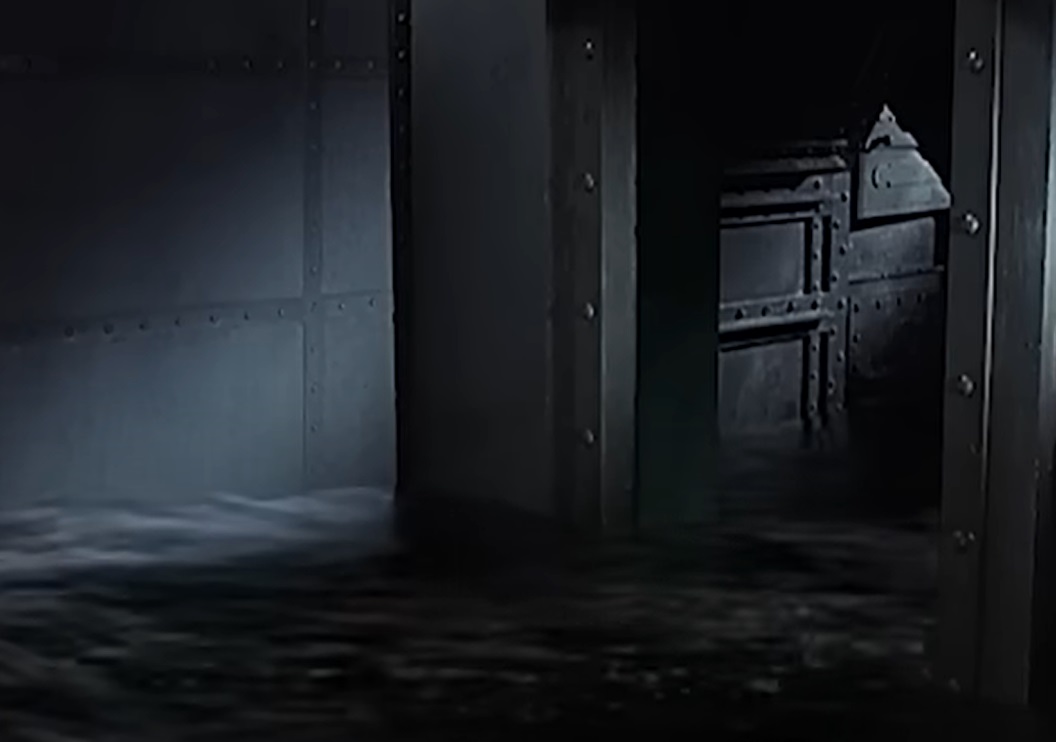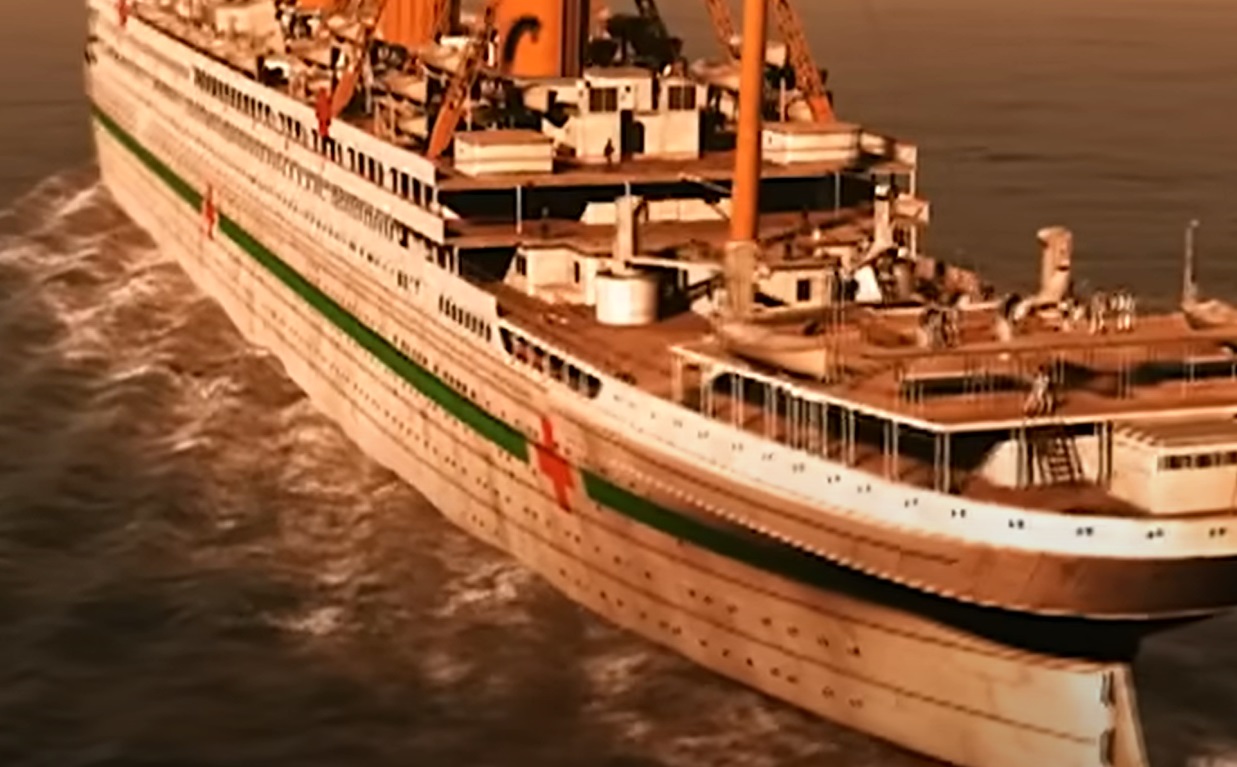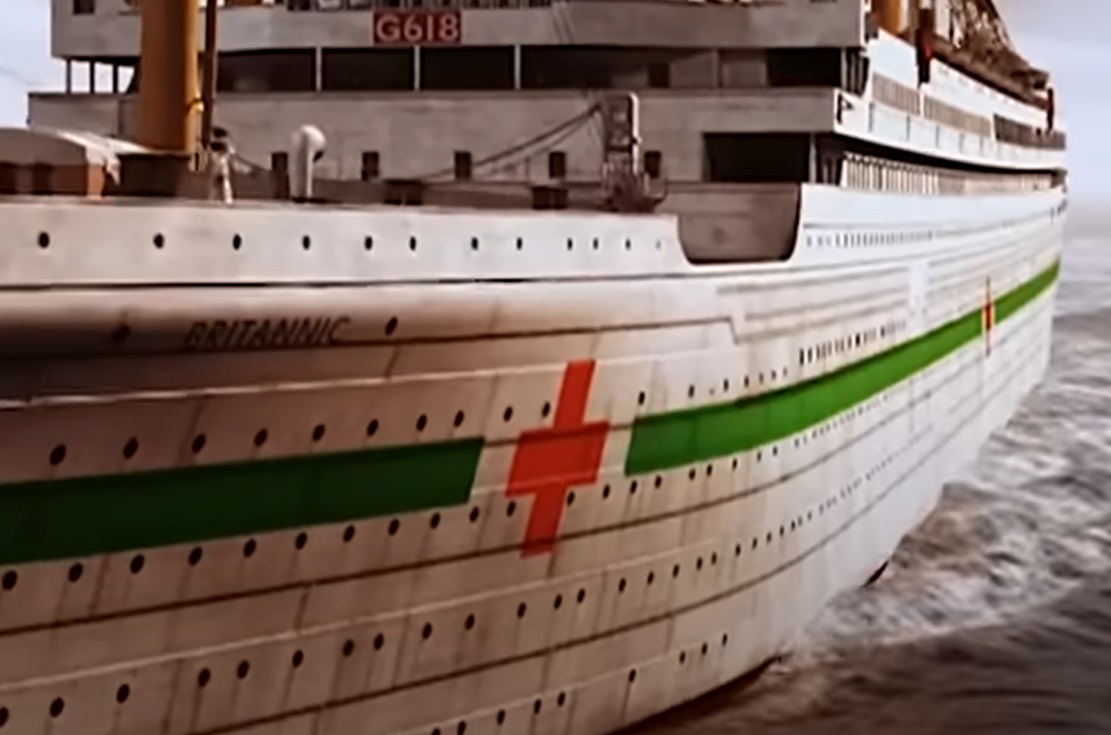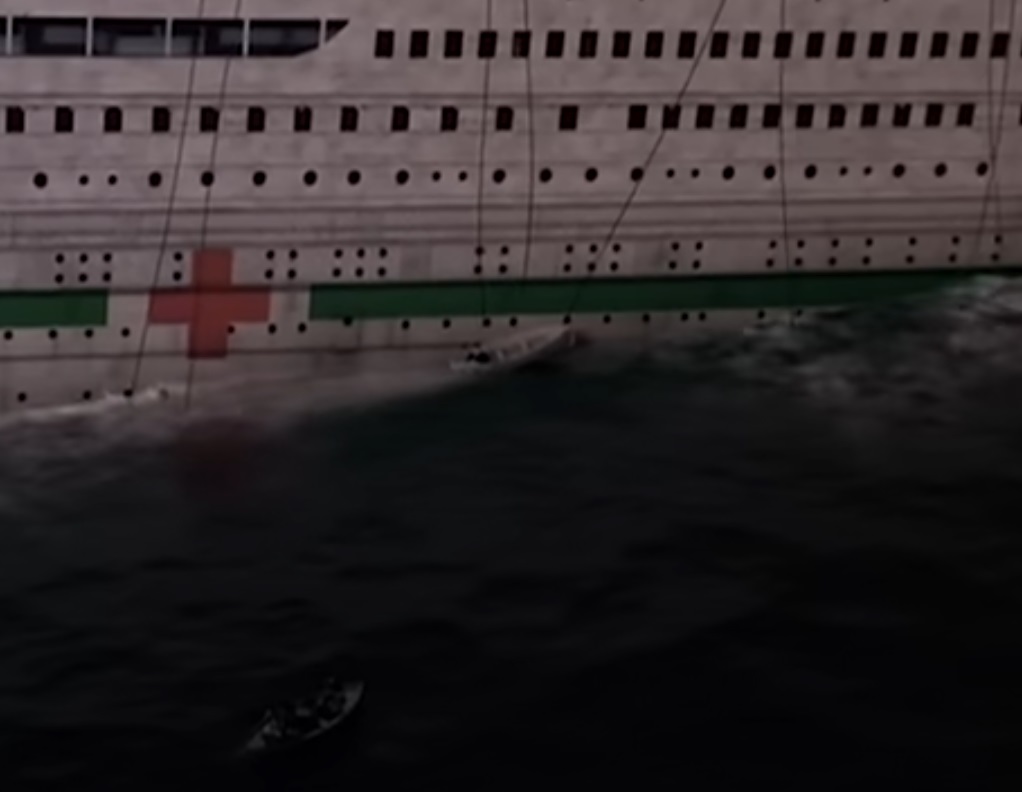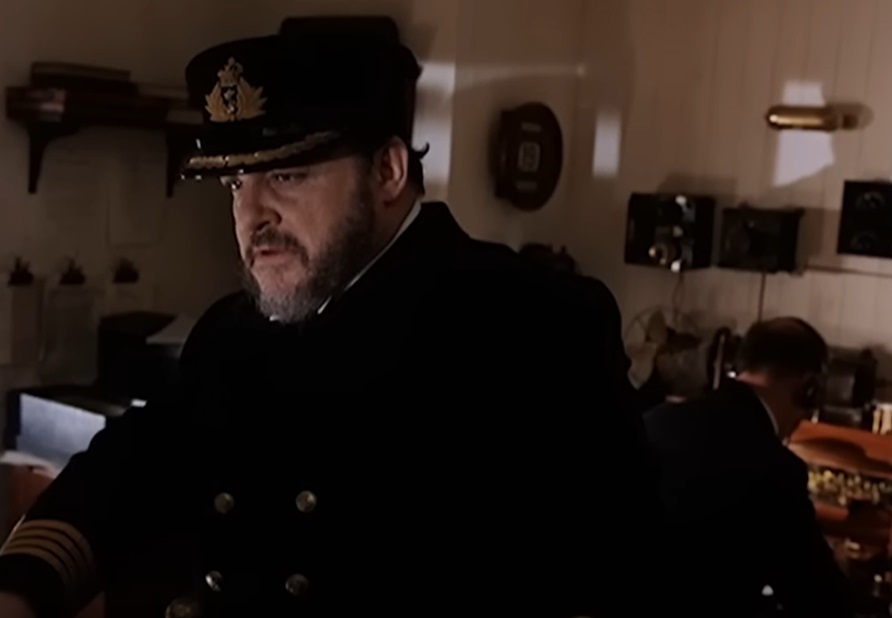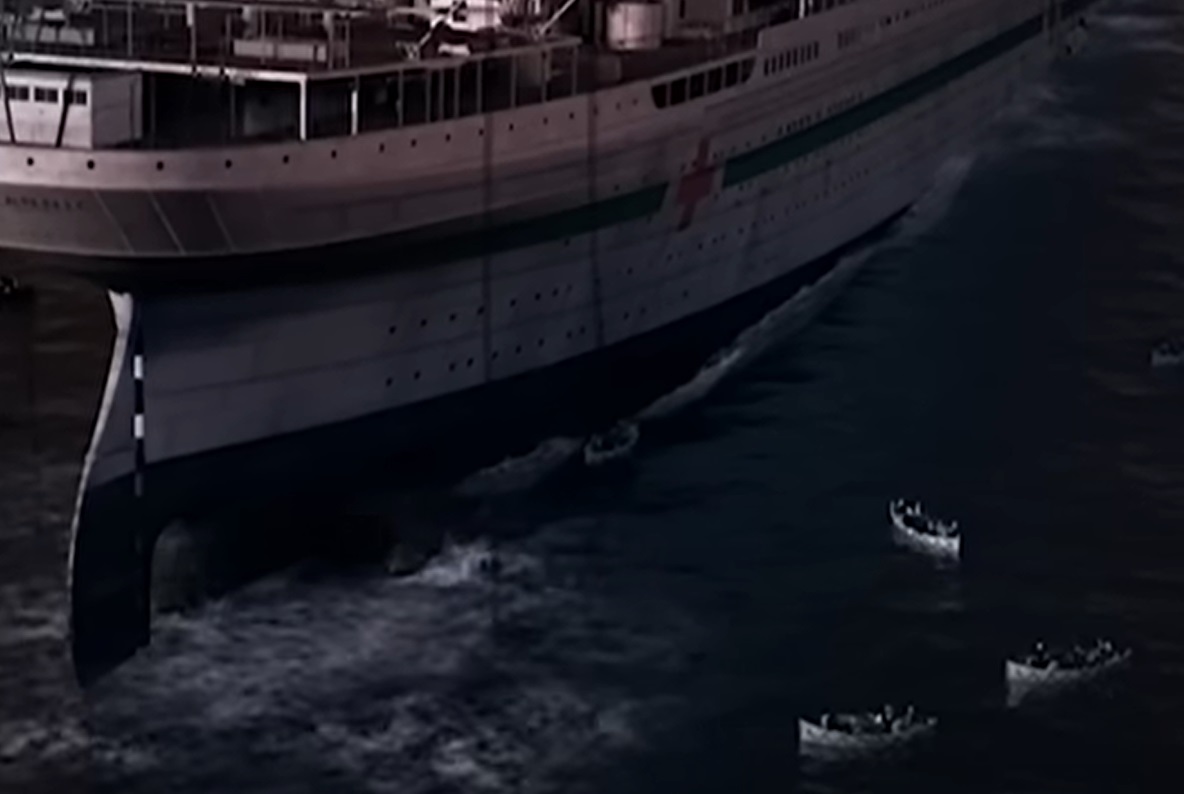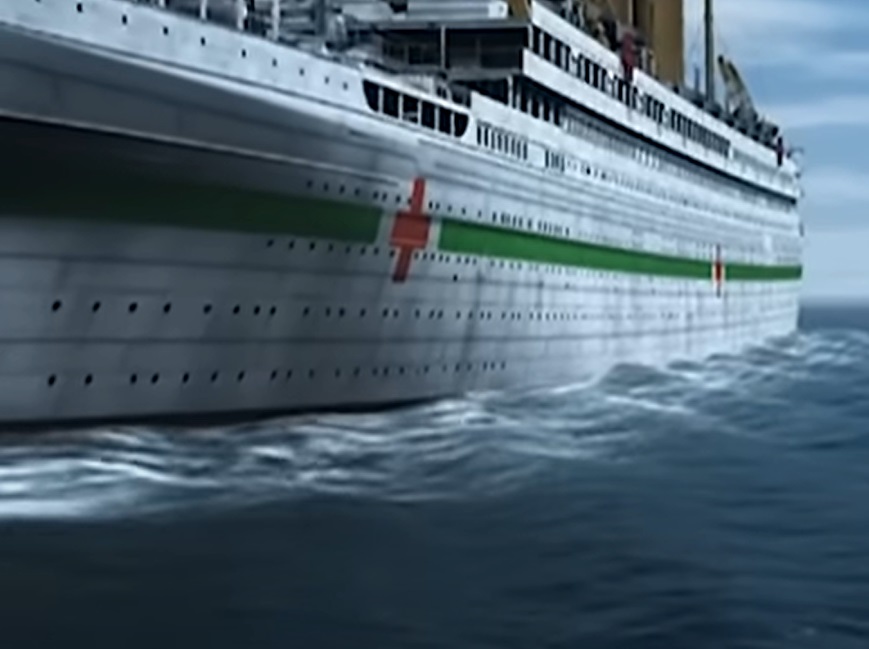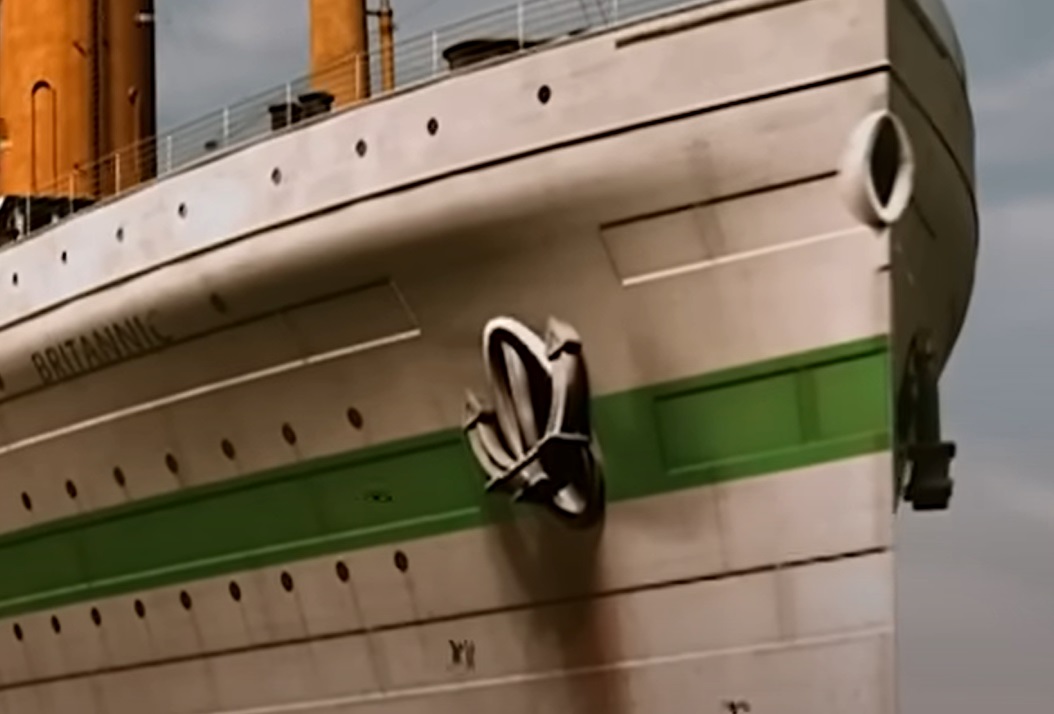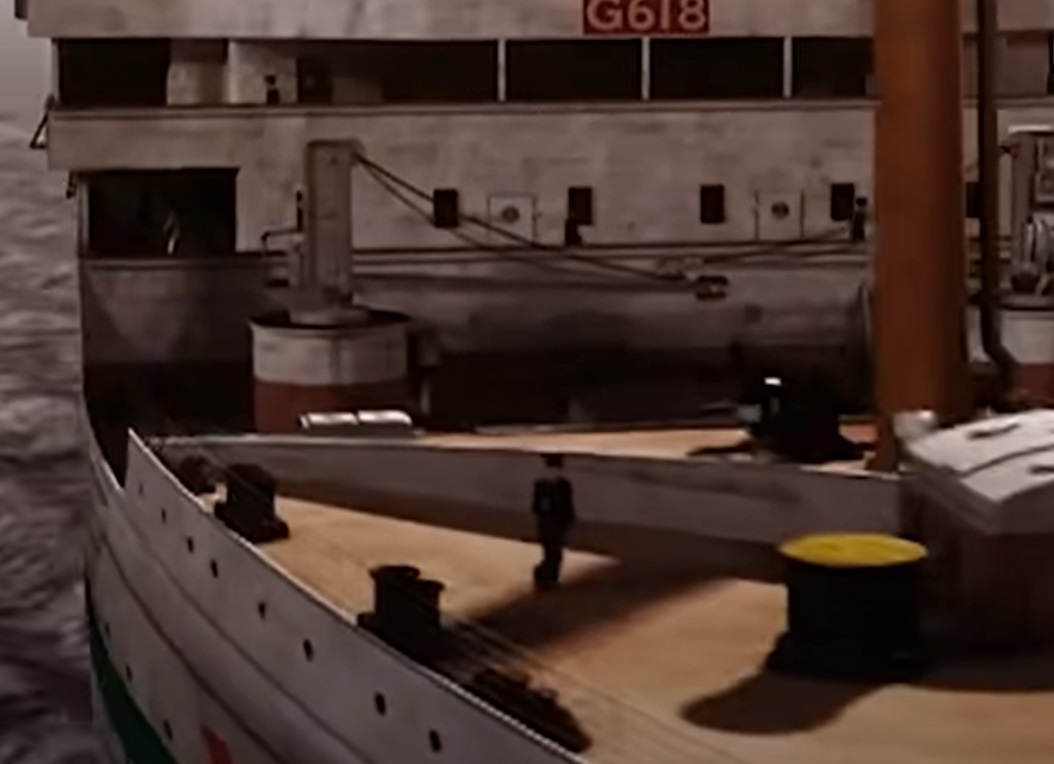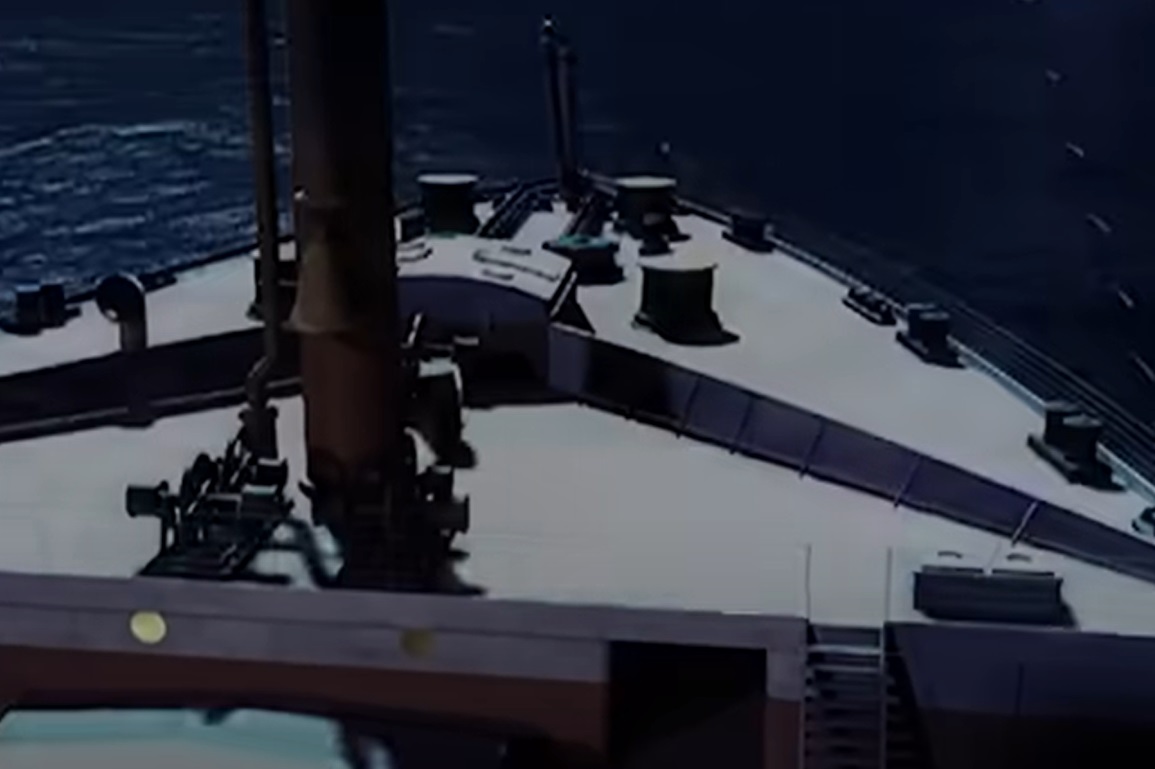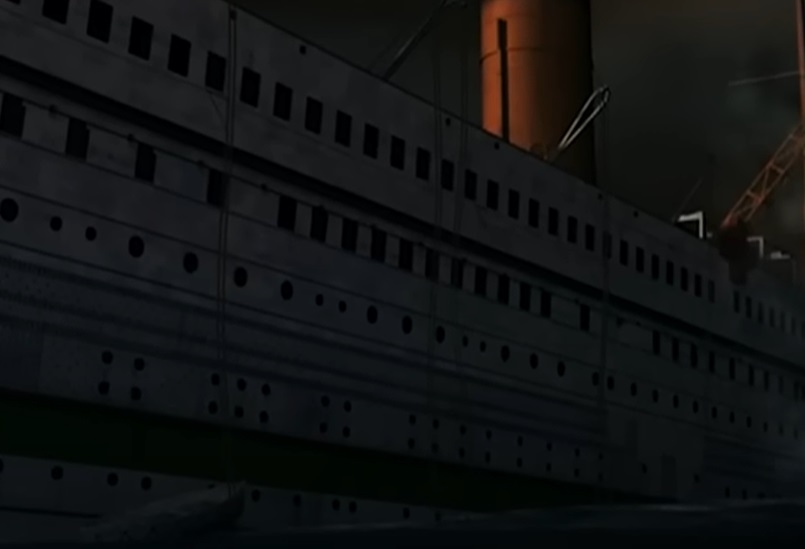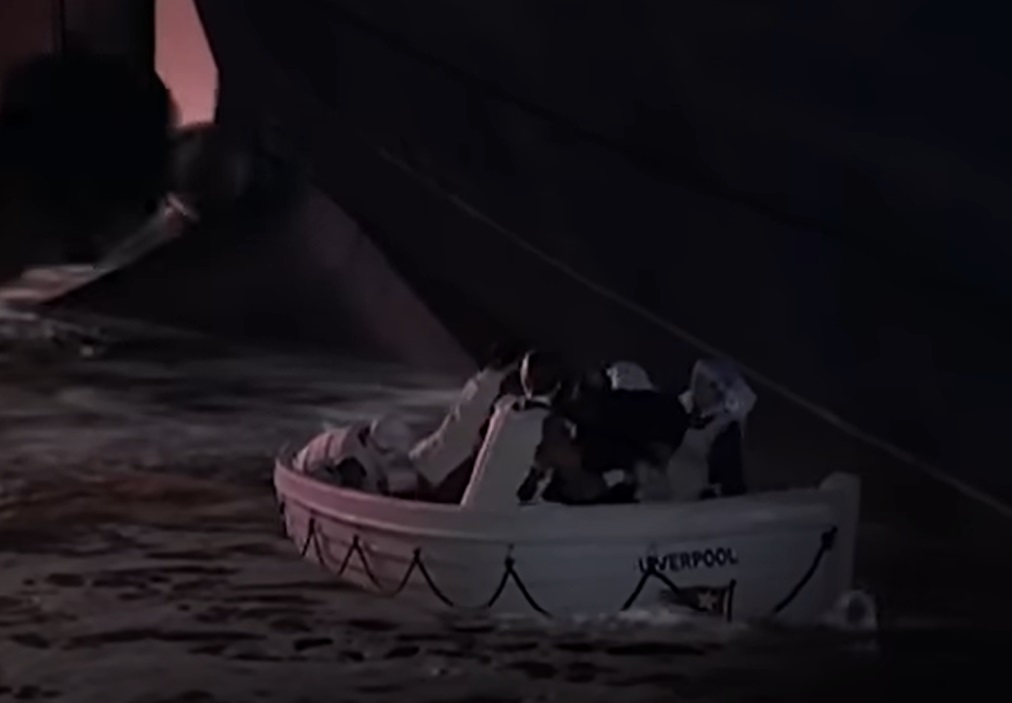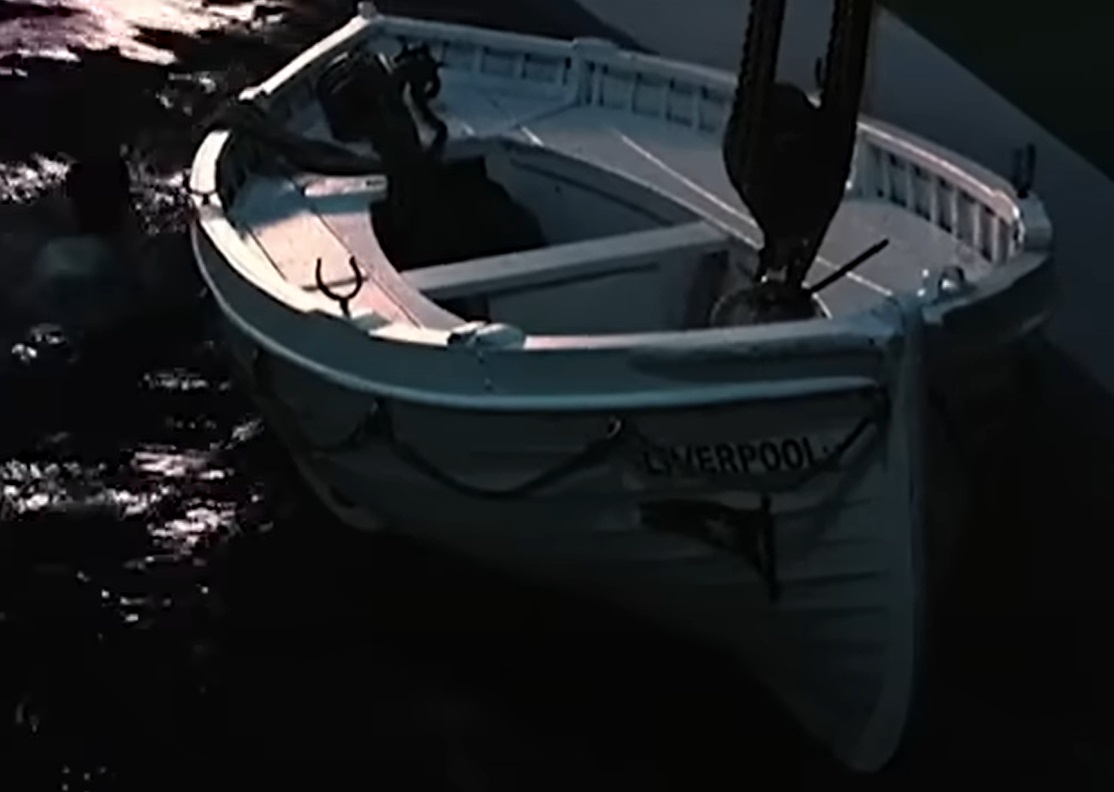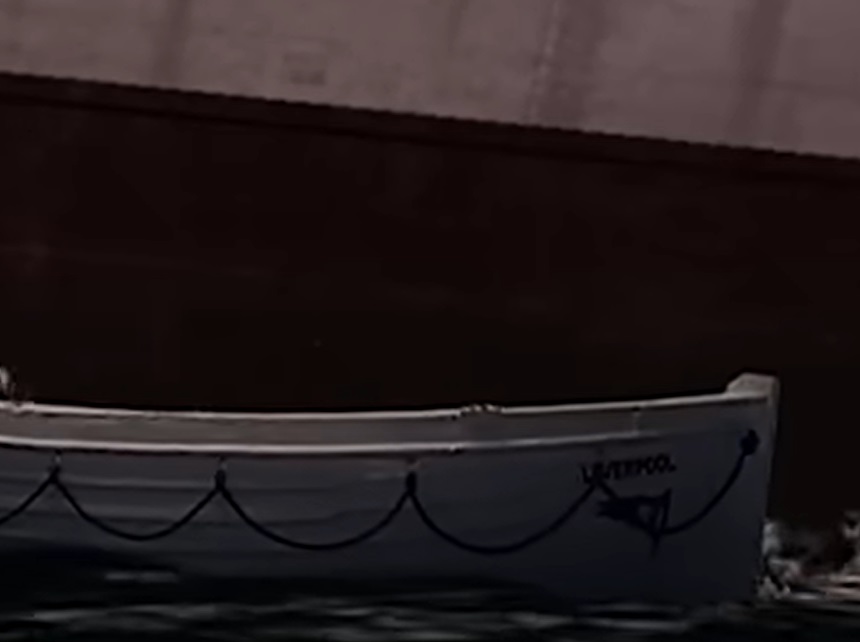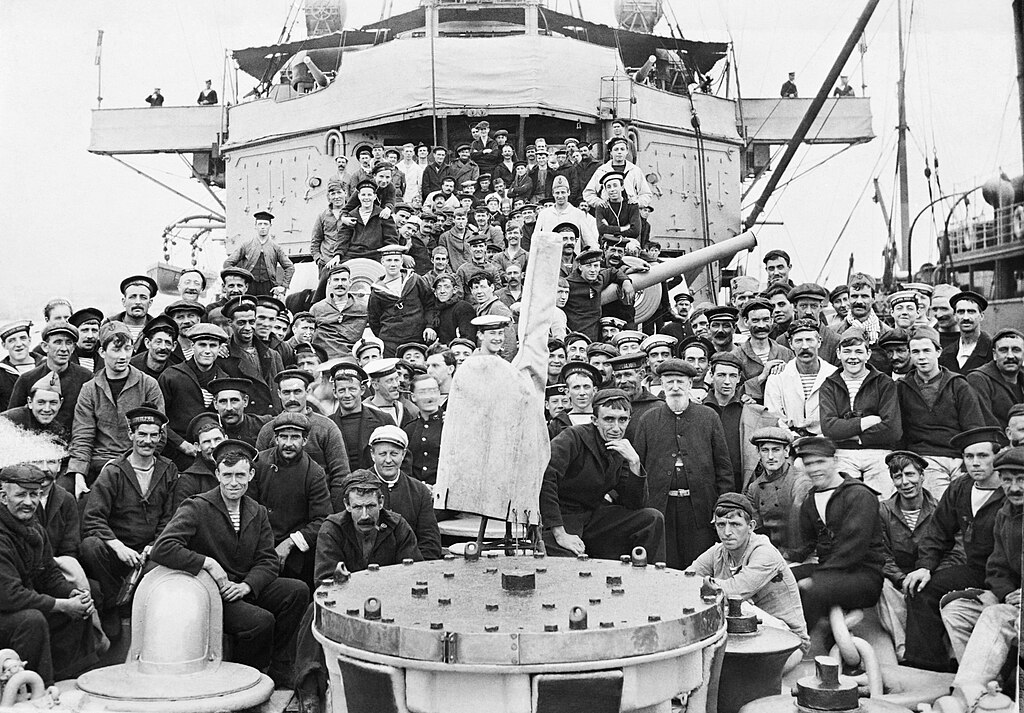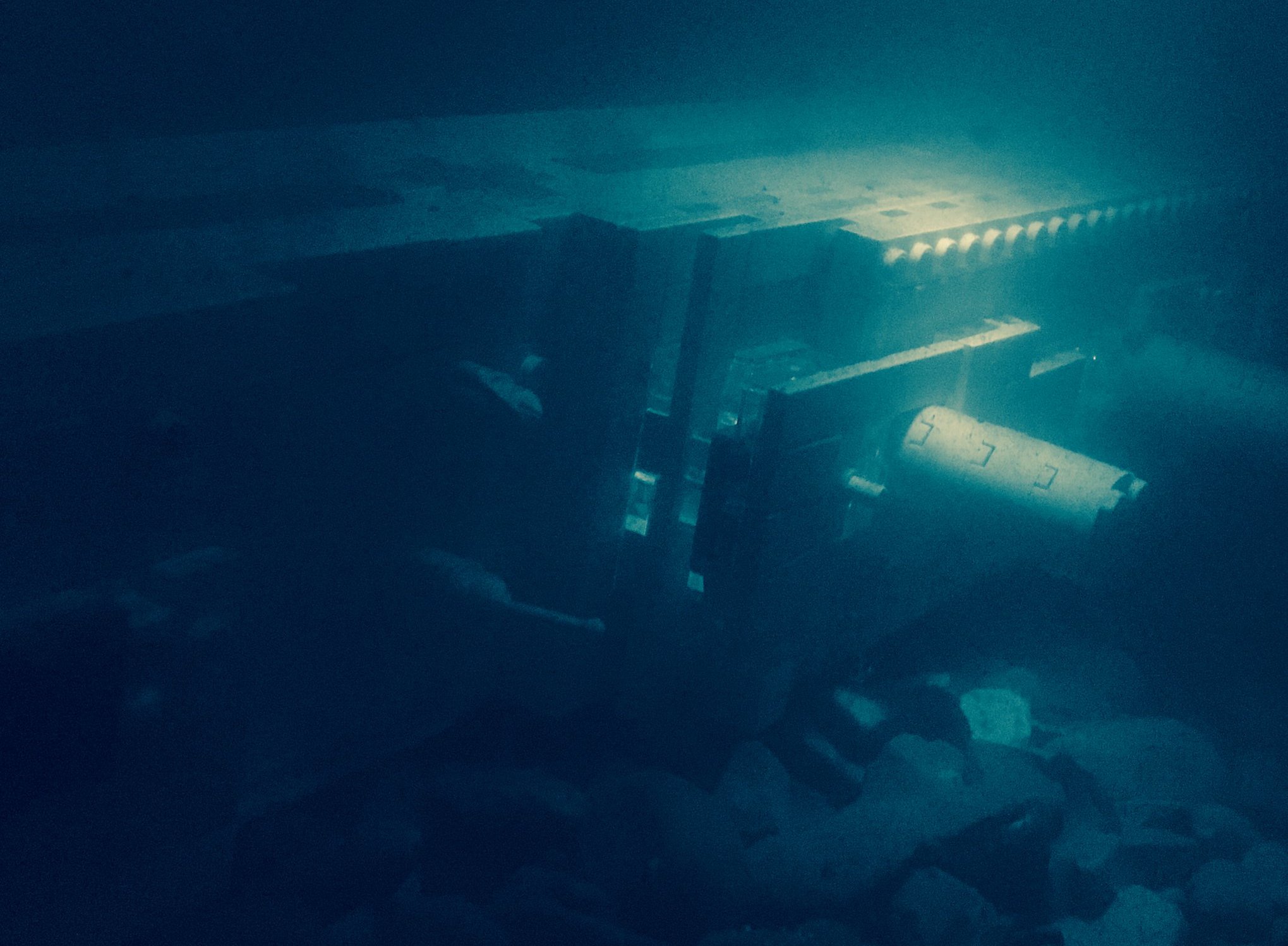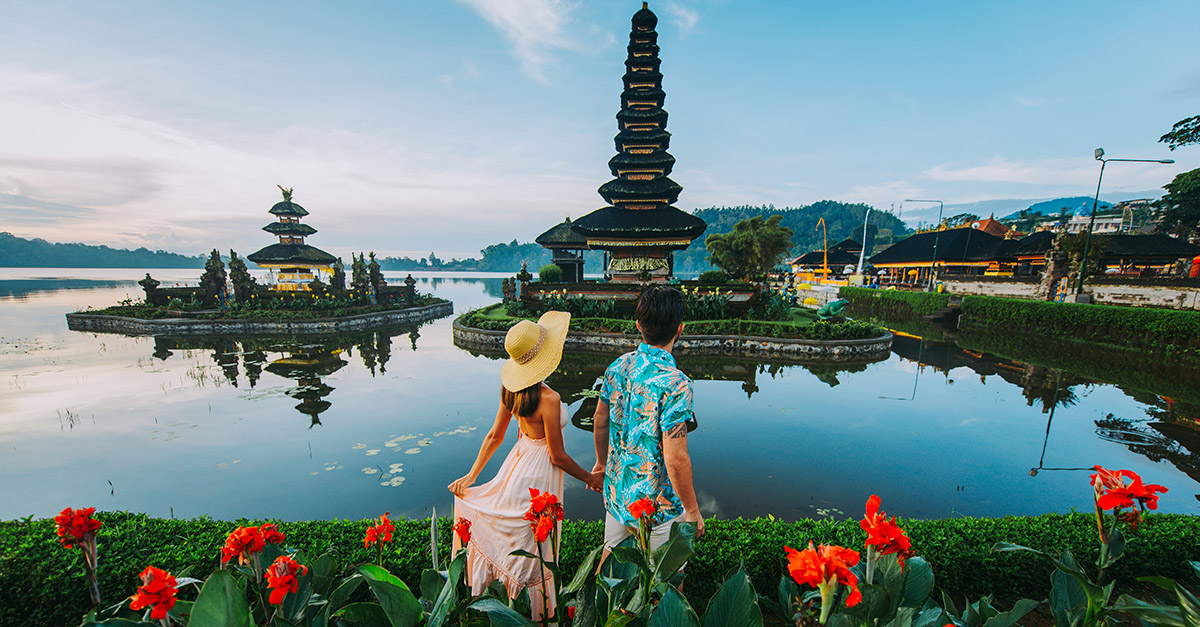A Doomed Sister Ship
Though the Titanic might be the most famous ocean liner in history—few know that her sister ship, the HMHS Britannic, also met a horrifying end.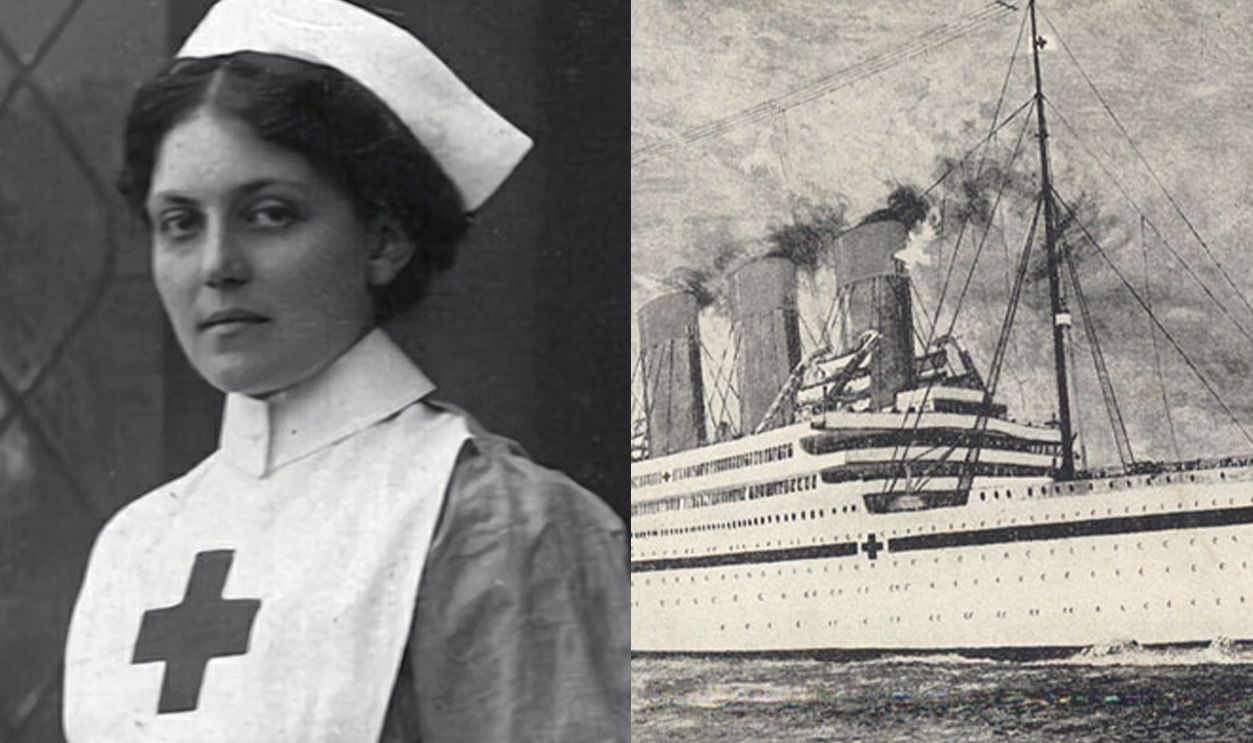
She Needed To Be Redesigned
Initially, the Britannic's dimensions were very similar to the Titanic's. Of course, after the Titanic's tragic sinking, changes had to be made. While still being built, the Britannic underwent a significant overhaul, which made it far safer.
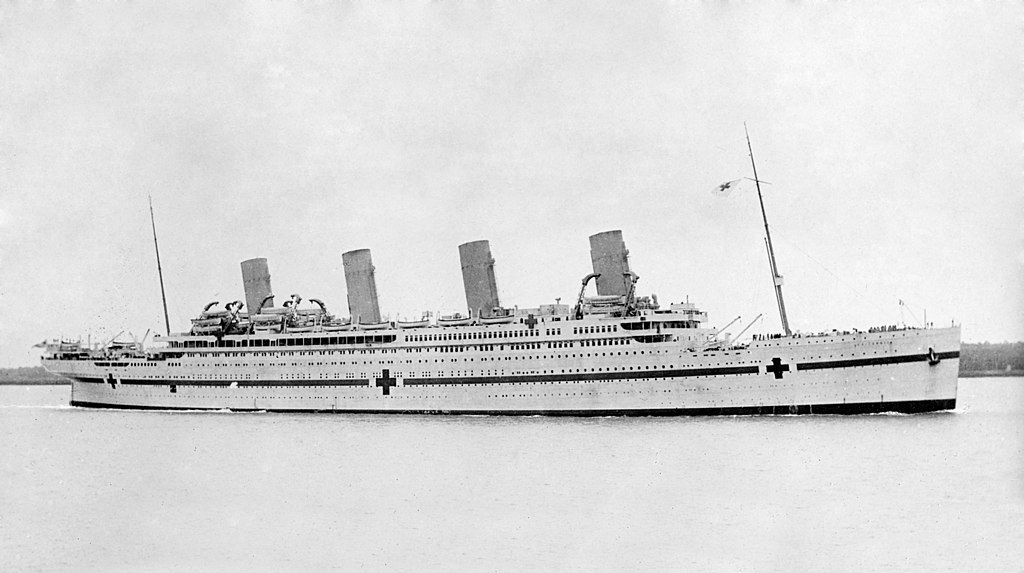 Allan C. Green, Wikimedia Commons
Allan C. Green, Wikimedia Commons
She Was Safer Than The Titanic
The loss of the Titanic was a hard lesson to learn. That's why the Britannic had a larger turbine with 18,000 horsepower, a double hull to protect the boiler rooms and engine, and 48 lifeboats which could carry more than the ship's capacity. The ship seemed prepared to dodge any tragedy thrown at her, but nothing could have prepared the passengers for its ultimate fate.
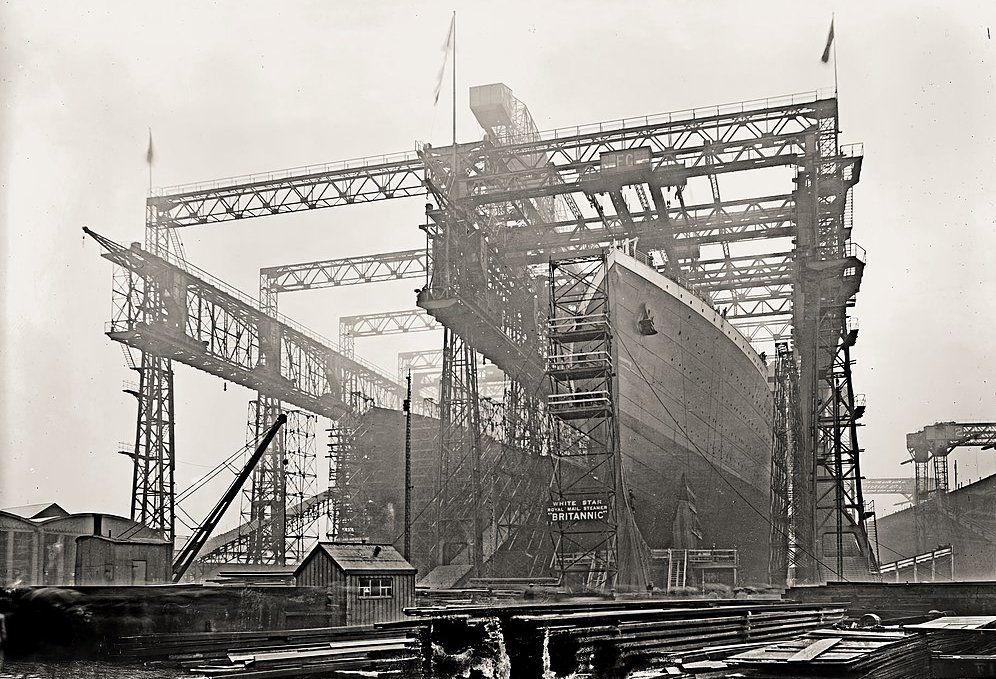 Robert Welch, Wikimedia Commons
Robert Welch, Wikimedia Commons
She Became A Hospital Ship
Due to the beginning of WWI, the Britannic had to take on a brand new mission. Instead of being a British passenger ship—decked out in luxurious furnishings—she became a hospital ship.
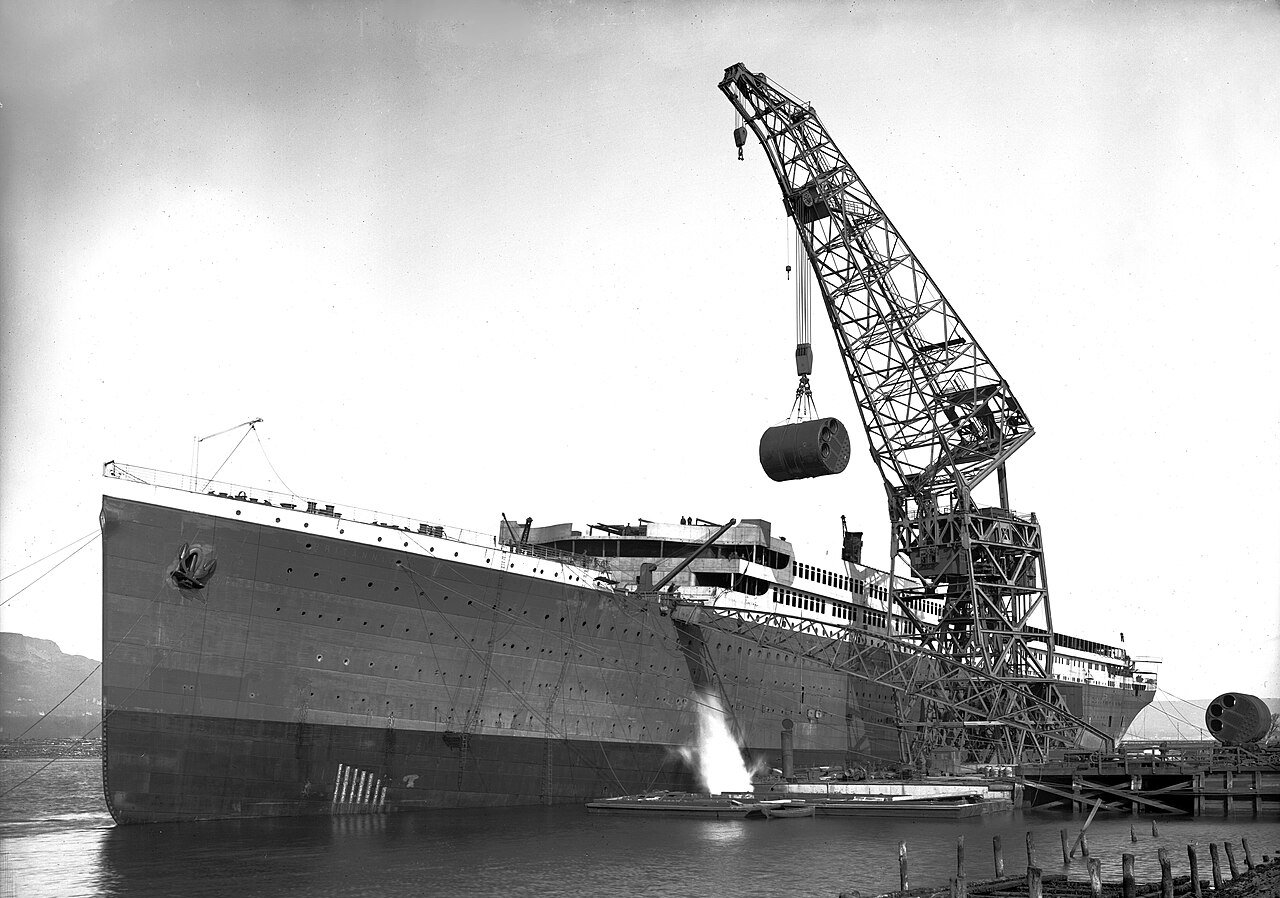 Robert Welch, Wikimedia Commons
Robert Welch, Wikimedia Commons
She Had Bright Markings
To make it known to potential enemies that it wasn't a threat, the Britannic identified itself with recognizable markings: a horizontal green stripe and big red crosses. Even its new name screamed out the ship's purpose as HMHS stood for "His Majesty's Hospital Ship".
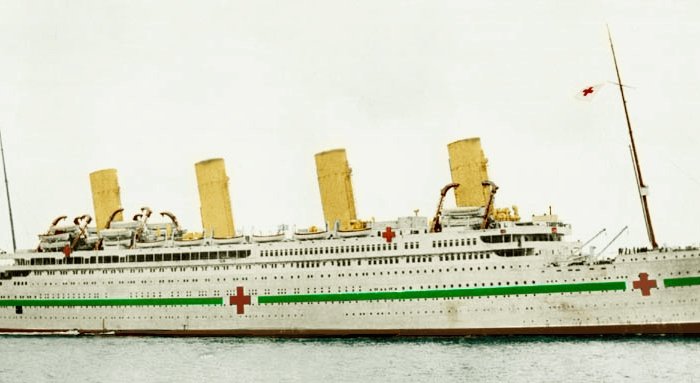 Soerfm, CC BY-SA 3.0, Wikimedia Commons
Soerfm, CC BY-SA 3.0, Wikimedia Commons
Repurposing The Rooms
On the promenade decks—where passengers would have taken their leisurely walks—hospital beds took precedence. Similarly, the intensive care unit could be found where the first-class dining room would have been, and the grand reception room became the operating theater. But that wasn't all.
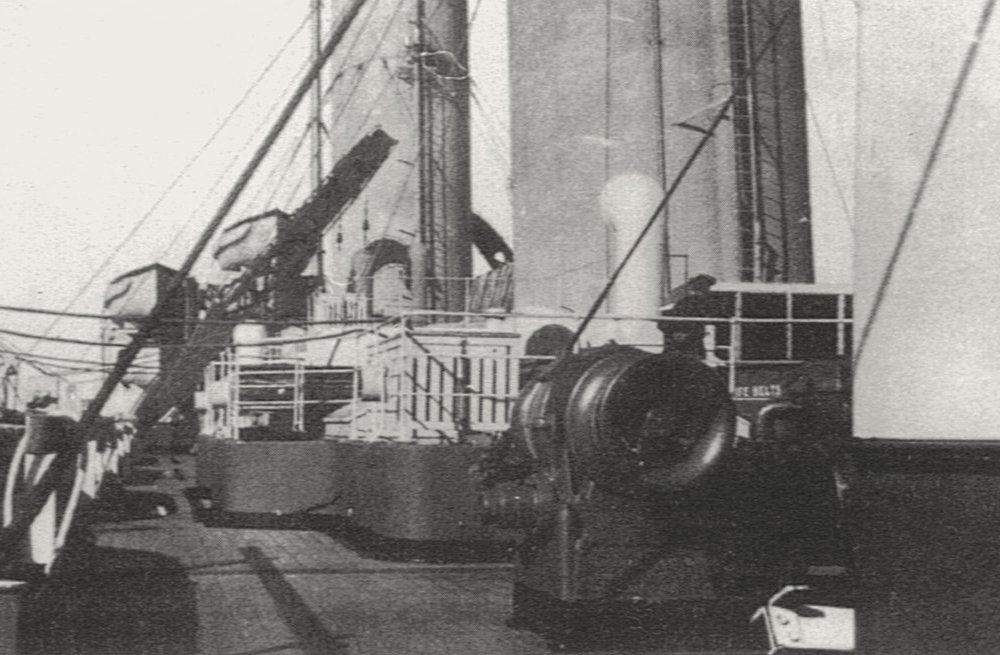 Unknown Author, Wikimedia Commons
Unknown Author, Wikimedia Commons
The Cabins
Nurses and orderlies took up residence in the lower-class cabins, while the higher-up doctors and medical staff stayed in what would have the first-class staterooms. All the working parts of the liner had been shuffled around brilliantly, making it a medical powerhouse on the water.
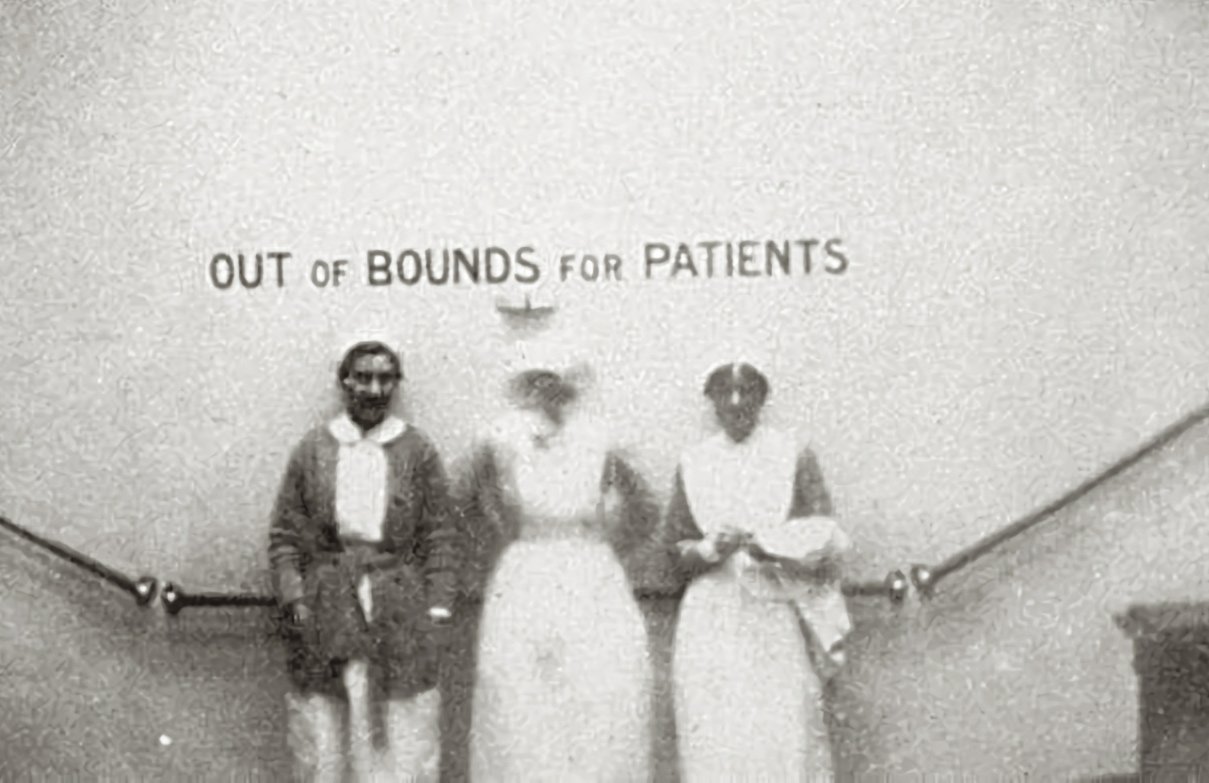 Unknown Author, Wikimedia Commons
Unknown Author, Wikimedia Commons
Her High Capacity
Dr JCH Beaumont was the Britannic's surgeon, and he went so far as to call her "the most wonderful hospital ship that ever sailed the seas". She had the capacity for a whopping 3,309 patients.
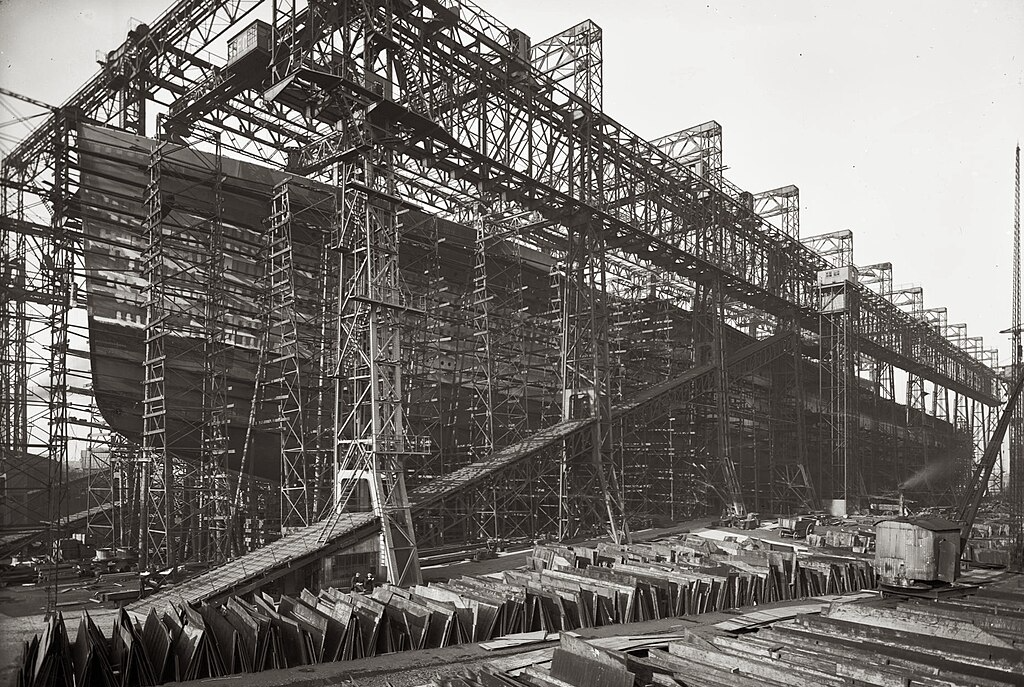 Robert Welch, Wikimedia Commons
Robert Welch, Wikimedia Commons
Her First Voyage
On December 12, 1915, a fateful declaration came through: The Britannic was fit for service. On board, there was a crew of 675 people, 101 nurses, 336 non-commissioned officers, and 52 commissioned officers. Just 11 days later, she set off from Liverpool on her first mission to Mudros.
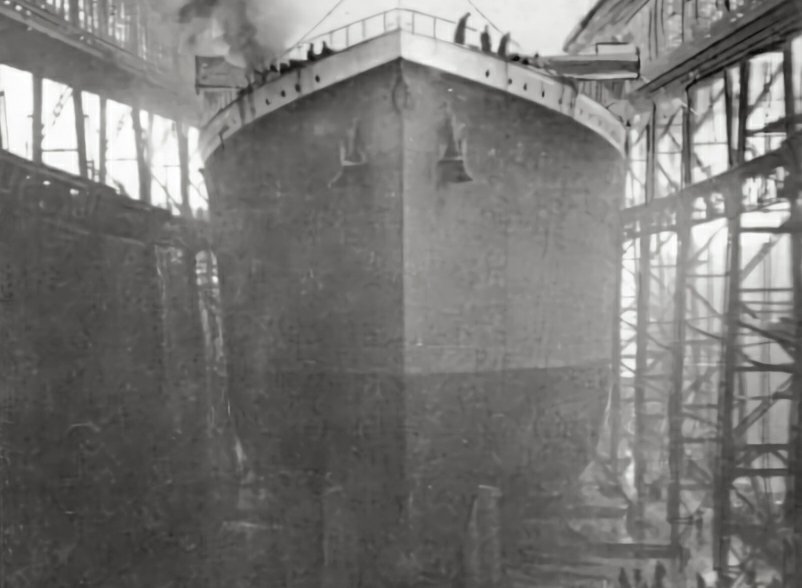 Unknown Author, Wikimedia Commons
Unknown Author, Wikimedia Commons
Ready To Serve The Injured
The trip to Mudros was the calm before the storm. All the beds were empty, and the ship's medical staff just had to ensure that they were ready to receive an onslaught of injured patients. But this would mark the first voyage of many.
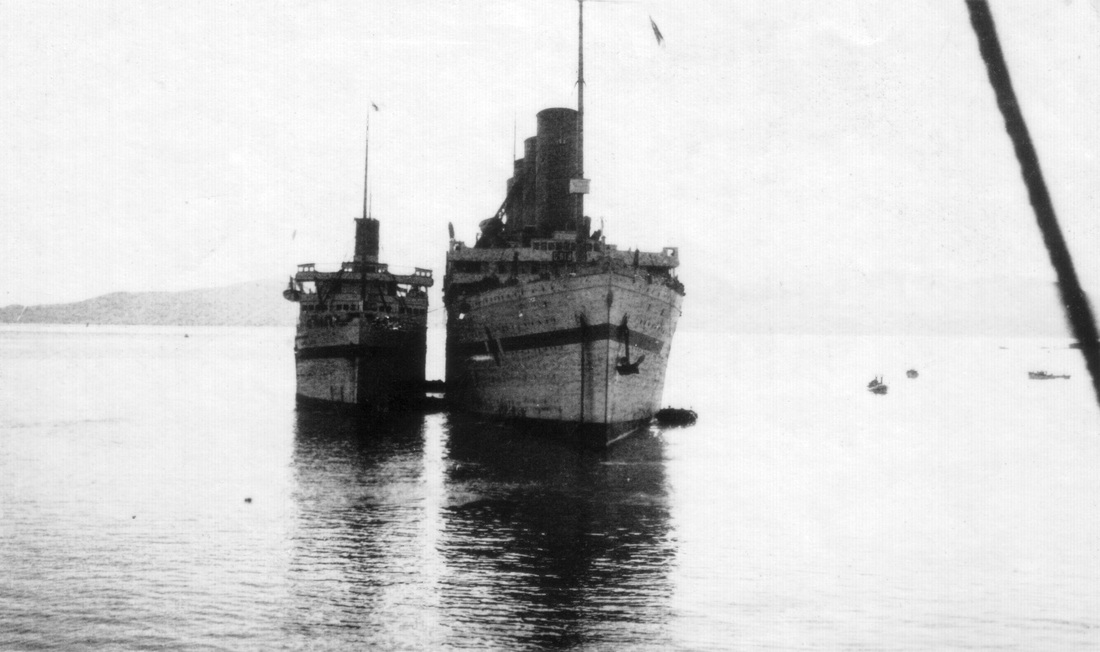 Unknown Author, Wikimedia Commons
Unknown Author, Wikimedia Commons
She Completed Her Military Service
After the Britannic's third voyage, her military service seemed to be at an end. The British government funded her conversion back into a transatlantic passenger liner. But this certainly cost a pretty penny.
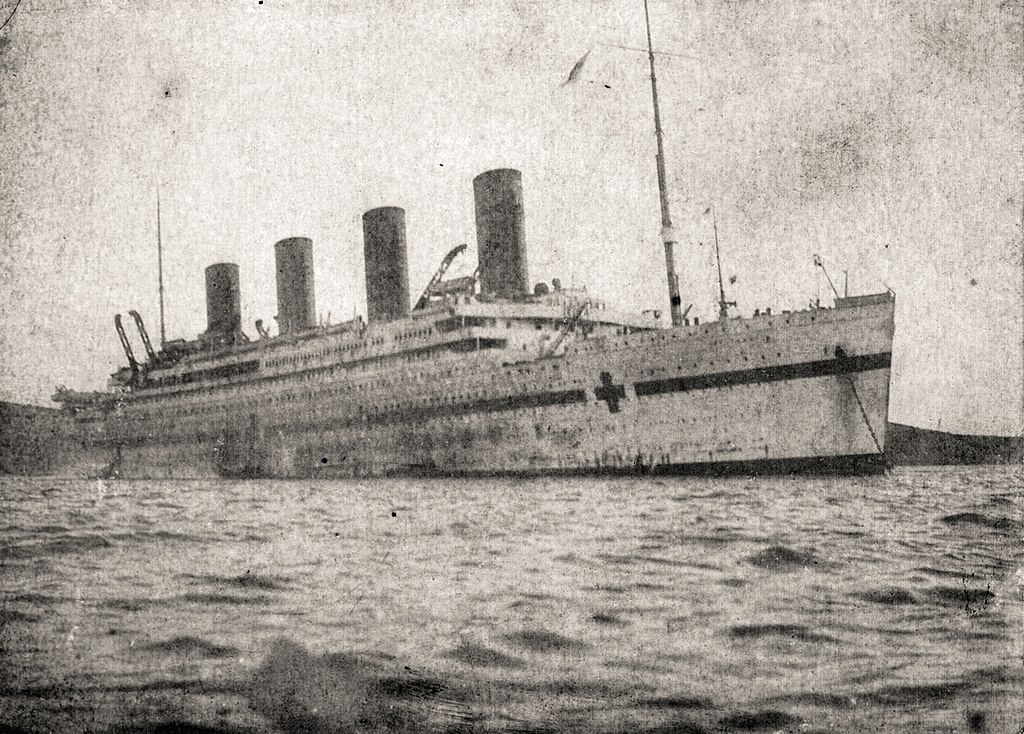 Unknown Author, Wikimedia Commons
Unknown Author, Wikimedia Commons
She Didn't Come Cheap
The government handed over £75,000 to White Star Line to get the Britannic back in working order for her intended service. However, this project came to a shocking halt.
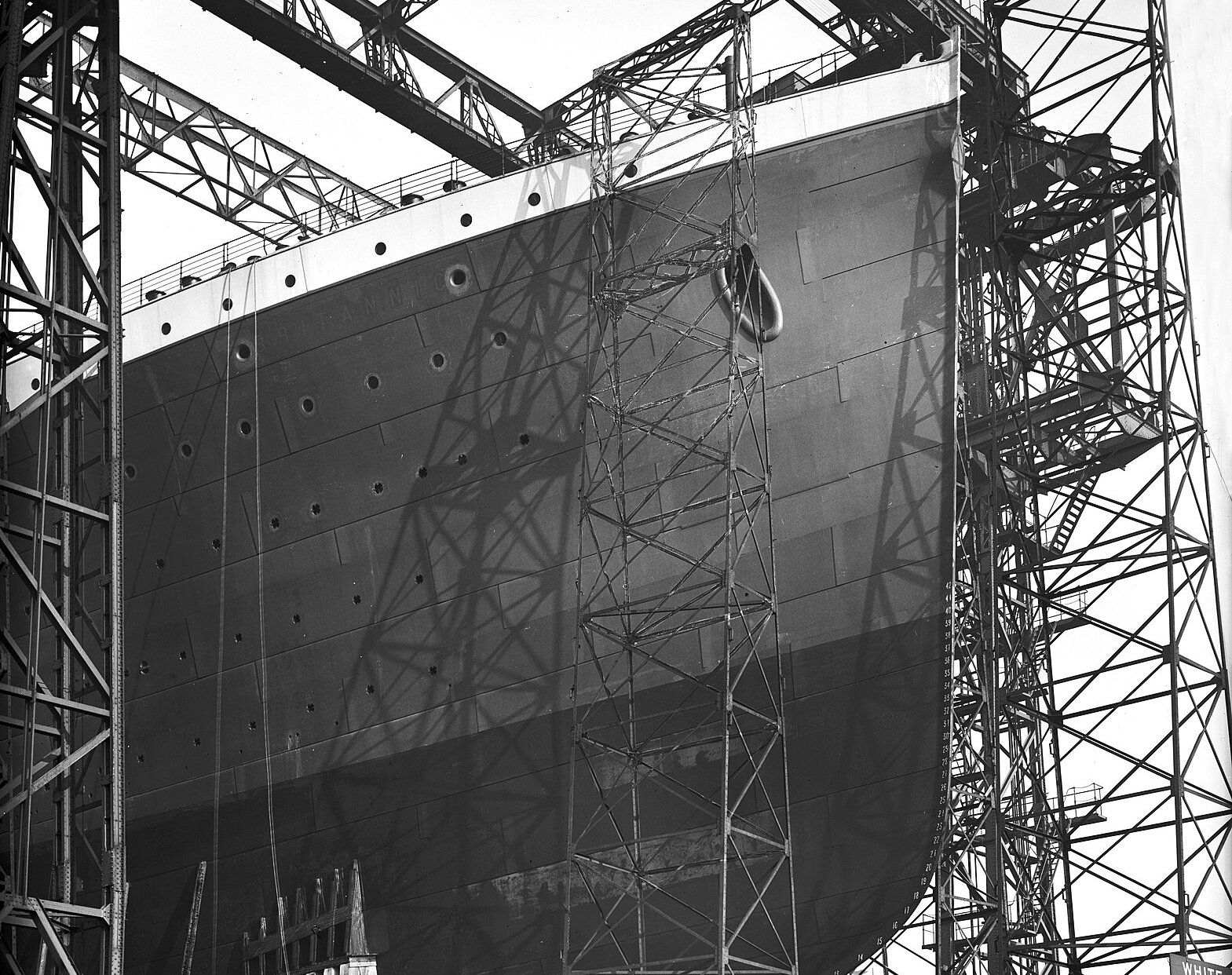 Robert Welch, Wikimedia Commons
Robert Welch, Wikimedia Commons
She Returned To Duty
Only months after finishing her service, the Britannic returned to the war effort. The military needed her back in action as a hospital ship. This time, she was in for a bumpy ride.
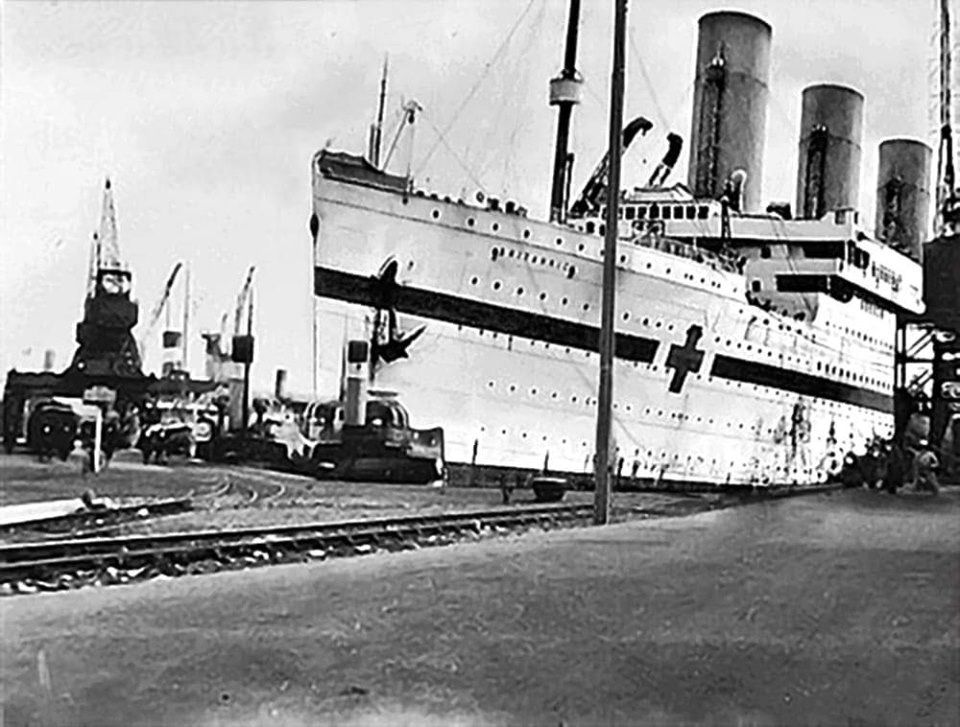 Unknown Author, Wikimedia Commons
Unknown Author, Wikimedia Commons
Her Fourth Voyage
In September 1916, the Britannic began her fourth voyage in the Mediterranean Sea—but en route to Naples, a scary moment came to pass.
 Unknown Author, Wikimedia Commons
Unknown Author, Wikimedia Commons
She Survived A Storm
The ship faced a dangerous storm and managed to pull through. Little did anyone know, there was just one more voyage separating the Britannic from its sixth and final voyage.
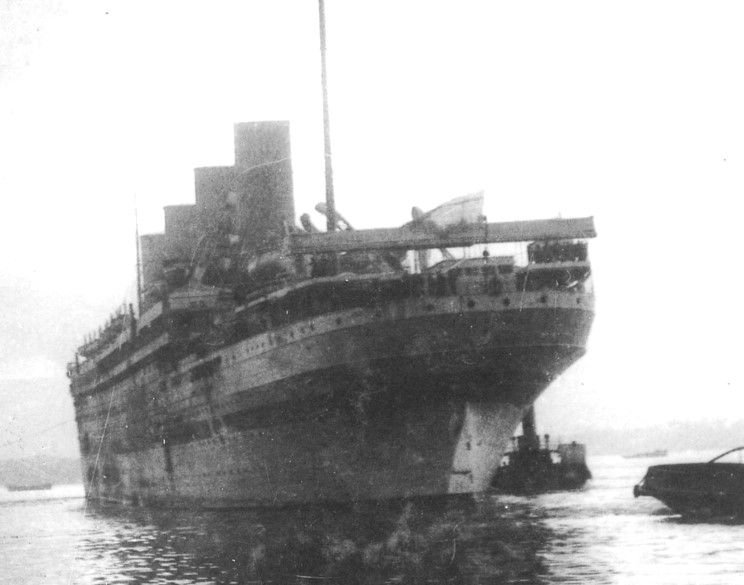 Captain Dayrell Davies, Wikimedia Commons
Captain Dayrell Davies, Wikimedia Commons
One Final Goodbye
The Britannic had completed five successful voyages by the time November 1916 rolled around. She was no stranger to being at sea—but when she left Southampton on November 12, headed for Lemnos, her departure marked the beginning of the end.
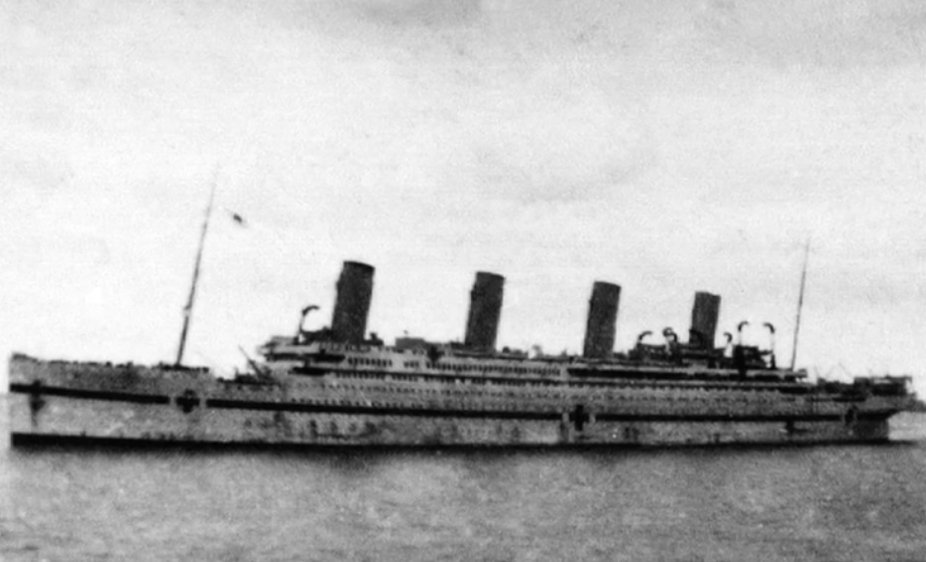 Unknown Author, Wikimedia Commons
Unknown Author, Wikimedia Commons
She Was Protected
It really didn't seem like the Britannic had anything to fear. Thanks to the Geneva Convention, the ship was theoretically protected from the threat of enemy submarines. However, there were still dangers lurking in the water.
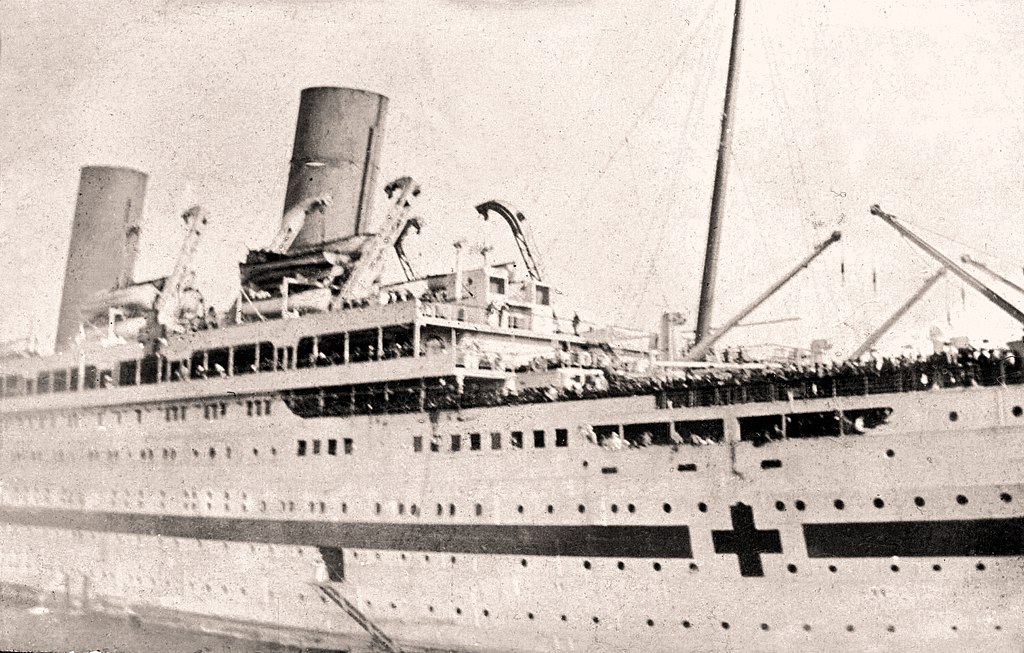 Unknown Author, Wikimedia Commons
Unknown Author, Wikimedia Commons
The Threat Of German Submarines
While most German submarines were busy with Britain's Atlantic Blockade, there were several operating in the Mediterranean, laying the groundwork for the Britannic's dark fate.
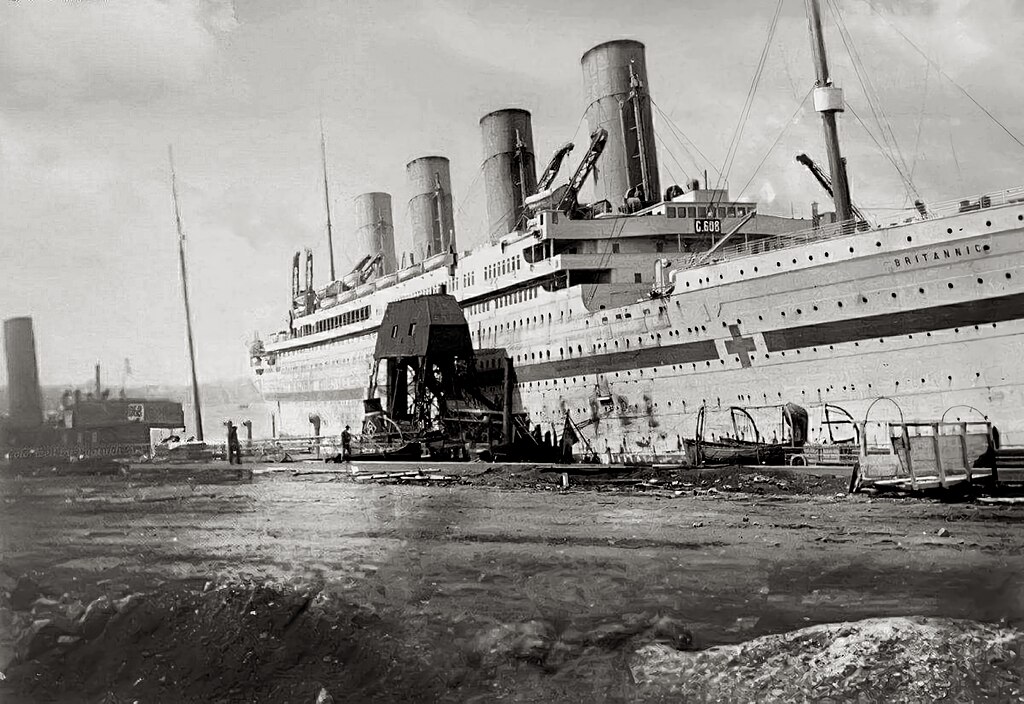 Unknown Author, Wikimedia Commons
Unknown Author, Wikimedia Commons
Mines In The Mediterranean
The German submarines were definitely a threat. Not only were they planting mines in the Mediterranean, but they would also shoot torpedoes at any enemy that crossed their paths. However, the mines posed the greatest hazard.
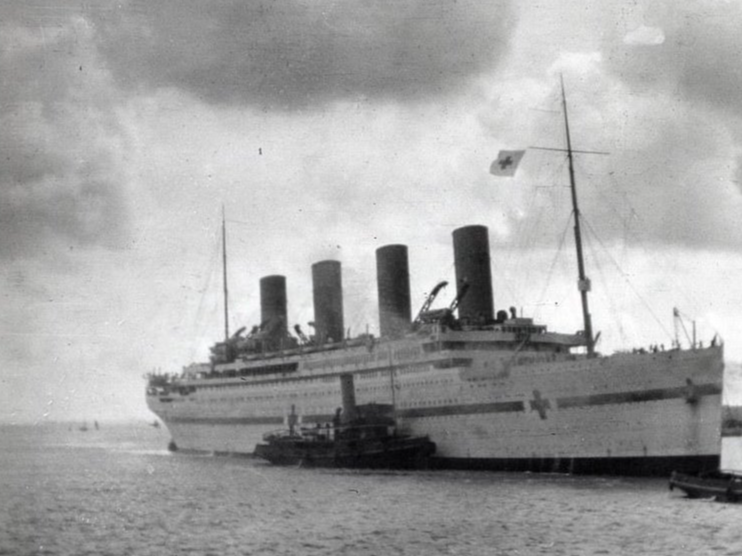 Unknown Author, Wikimedia Commons
Unknown Author, Wikimedia Commons
Following A Deadly Route
Anybody could easily become a victim of a mine during WWI. Shipping routes became hot spots for them, and before the Britannic had set out on her final voyage, the German submarine U-73 had preceded it. What it left in its wake was diabolical.
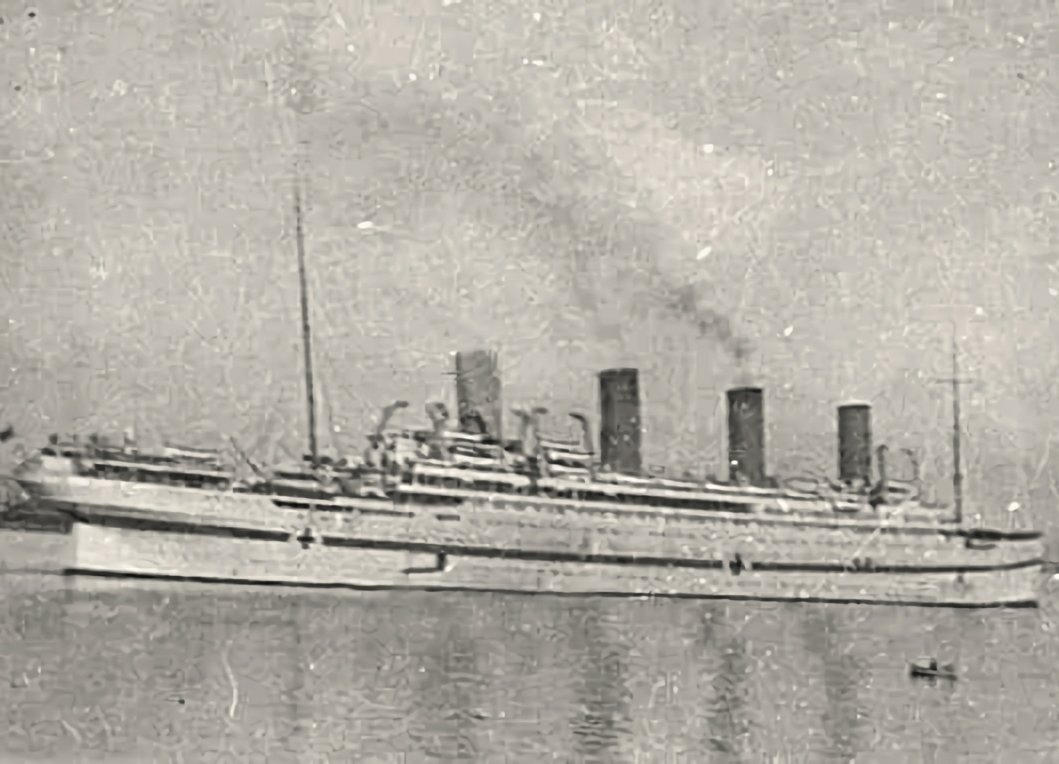 Unknown Author, Wikimedia Commons
Unknown Author, Wikimedia Commons
Headed For A Trap
Kapitänleutnant Gustav Siess manned the submarine U-73—and made a grim observation. Based on how close he saw ships moving by the island of Kea, he figured out the best place to lay his mines. Turns out, he'd picked the perfect spot.
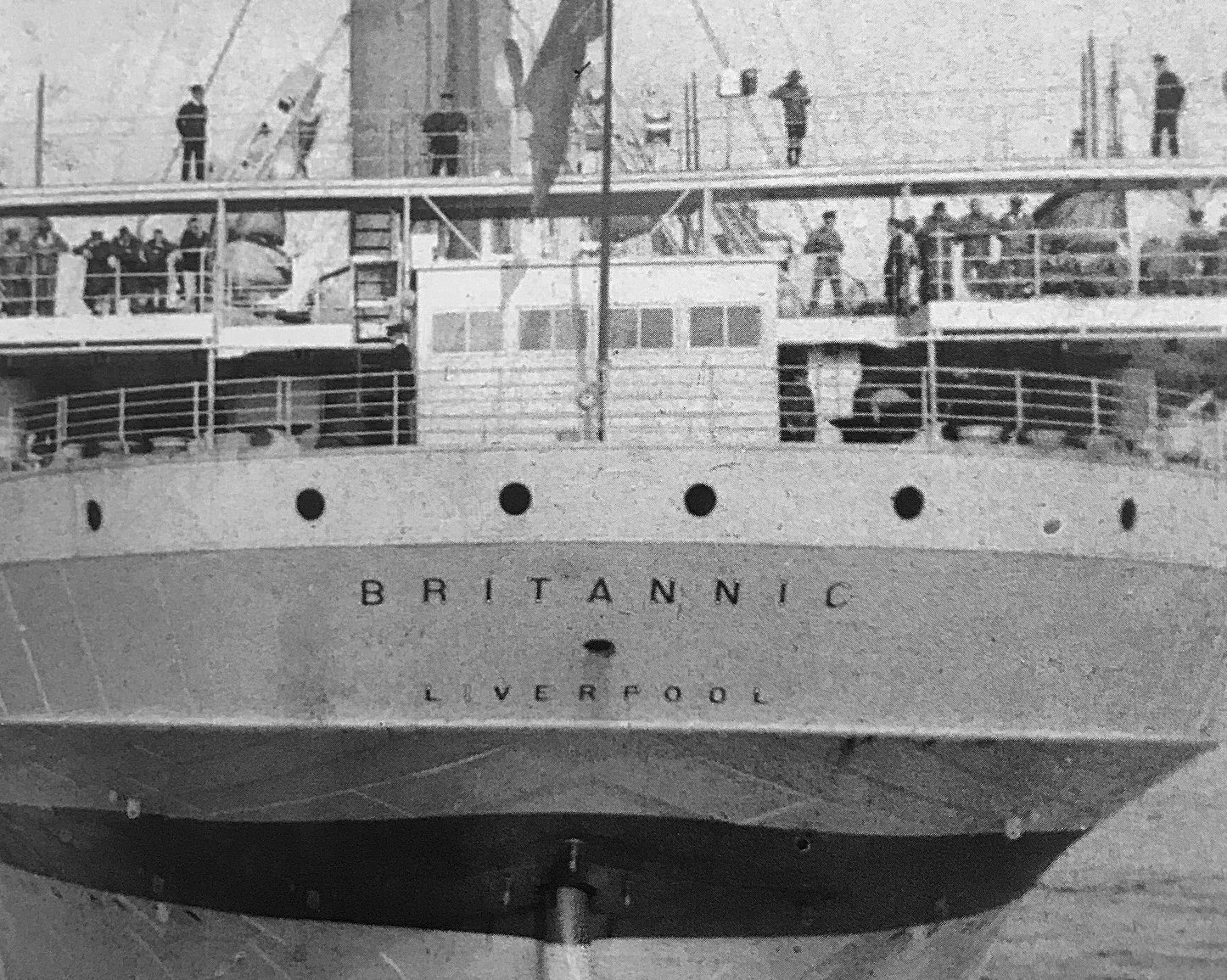 Unknown Author, Wikimedia Commons
Unknown Author, Wikimedia Commons
She Could Outrun Her Enemies
Though the Britannic moved through perilous waters, its passengers likely felt relatively safe. For one, the ship was quick and could move faster than 21 knots if it had to—swifter than a U-boat.
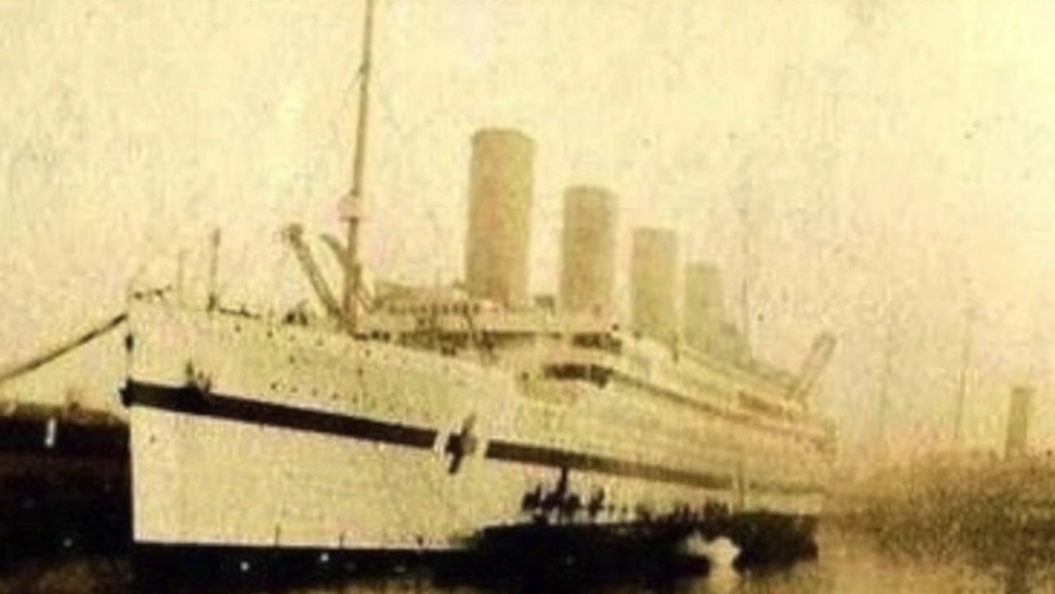 Unknown Author, Wikimedia Commons
Unknown Author, Wikimedia Commons
She Was Watertight
The Britannic also had the disaster of the Titanic at its back. As we've already mentioned, it was built to weather most disasters. Not only were there high-reaching watertight bulkheads and watertight doors, but there was also a pumping system in case water had to be drained.
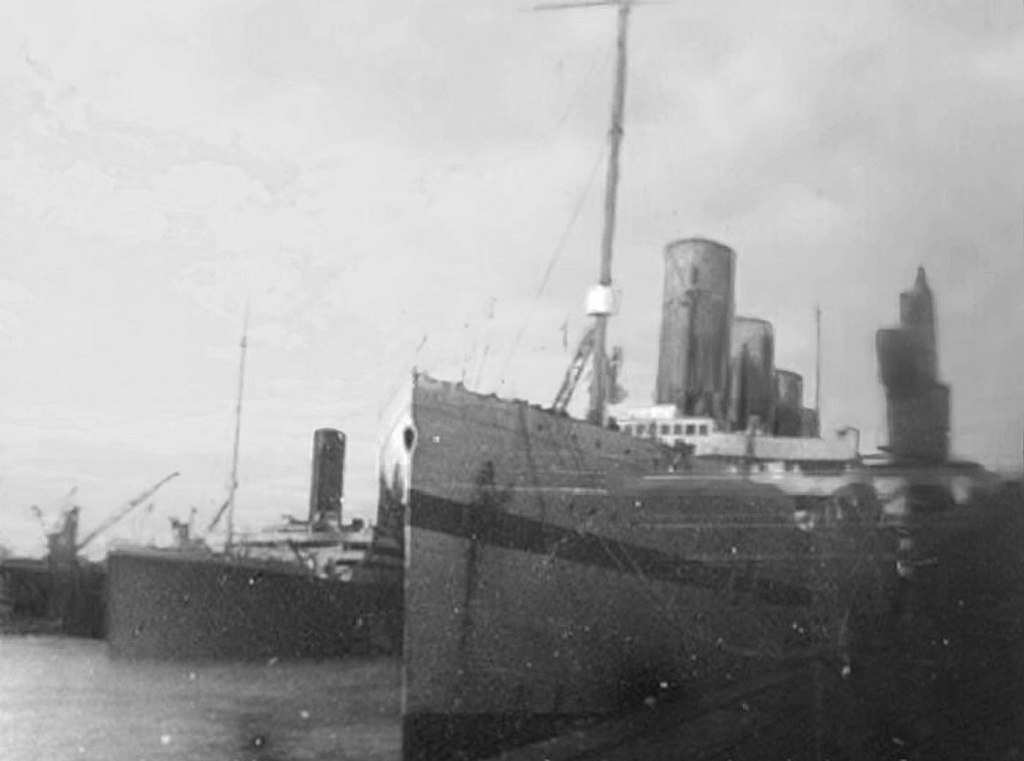 HefePine23, CC BY-SA 4.0, Wikimedia Commons
HefePine23, CC BY-SA 4.0, Wikimedia Commons
She Was Supposed To Be Unsinkable
Even if six of Britannic's compartments were filled with water, it would be able to stay above the surface. And when it came to a torpedo attack, more than one would be needed to take her down... in theory, that is.
She Had A Brilliant Captain
Not only were there more than enough lifeboats, but the Britannic also had a great leader on board: Captain Charles Bartlett. Bartlett was an experienced White Star captain—and he always had his guard up.
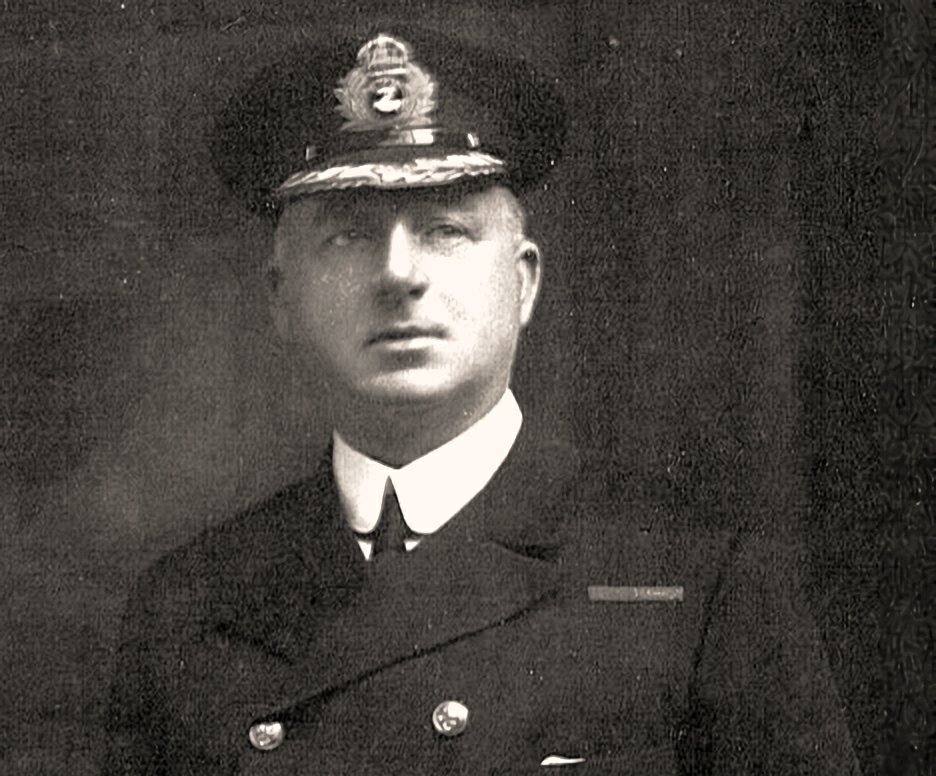 Unknown Author, Wikimedia Commons
Unknown Author, Wikimedia Commons
He Kept An Eye Out For Icebergs
Bartlett was known as "Iceberg Charlie" for a reason. He had a knack for locating icebergs and doing everything in his power to skirt them, even taking longer routes if he had to. But that wasn't all he brought to the table.
He Knew Her Ins And Outs
Before captaining the Britannic, Bartlett had been the marine superintendent who oversaw the ship's construction. He had a strong handle on her many safety features. It also helped that he had experience patrolling the North Sea.
Tragically, not even the captain's prowess would be able to save his ship.
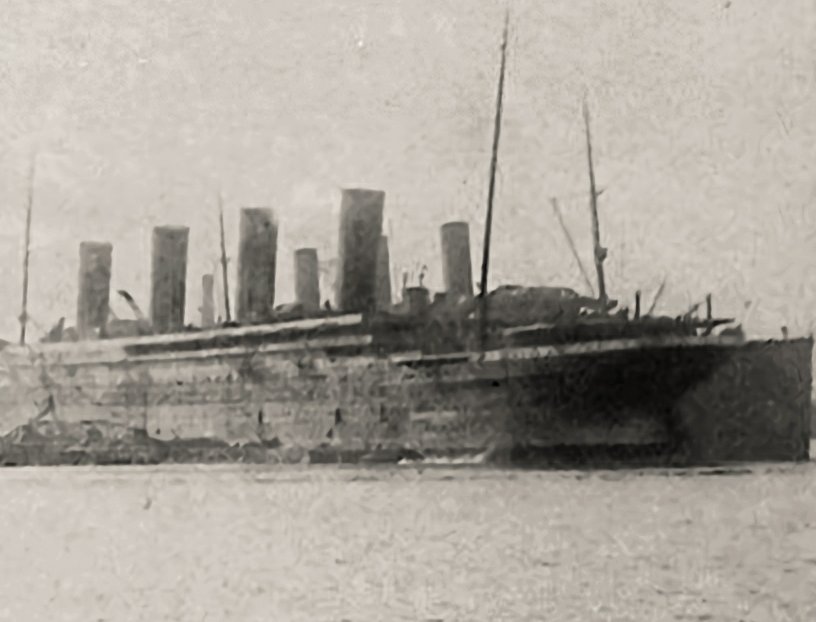 Unknown Author, Wikimedia Commons
Unknown Author, Wikimedia Commons
Full Speed Ahead
On November 12, 1916, the Britannic left Southampton and headed to Lemnos. Five days later, she pulled into Naples for coaling and refueling. After a brief setback due to a storm, the ship departed the Italian city to finish its mission. Soon, it began moving at full speed, cutting through the water toward the Kea Channel—everyone completely oblivious to the mines hiding in wait.
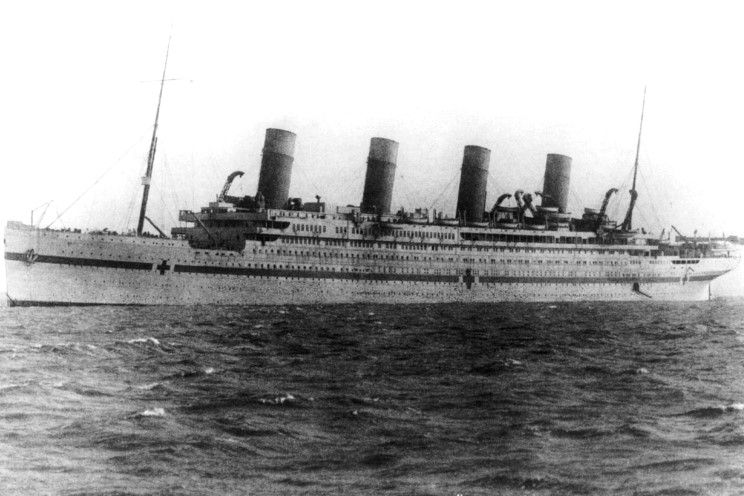 Maritime Quest, Wikimedia Commons
Maritime Quest, Wikimedia Commons
Over 1,000 Souls On Board
1,066 people boarded the Britannic for its last journey. This included the captain, 673 crew members, 315 Royal Army Medical Corps, and 77 nurses. They were all headed for one of the worst nightmares of their lives.
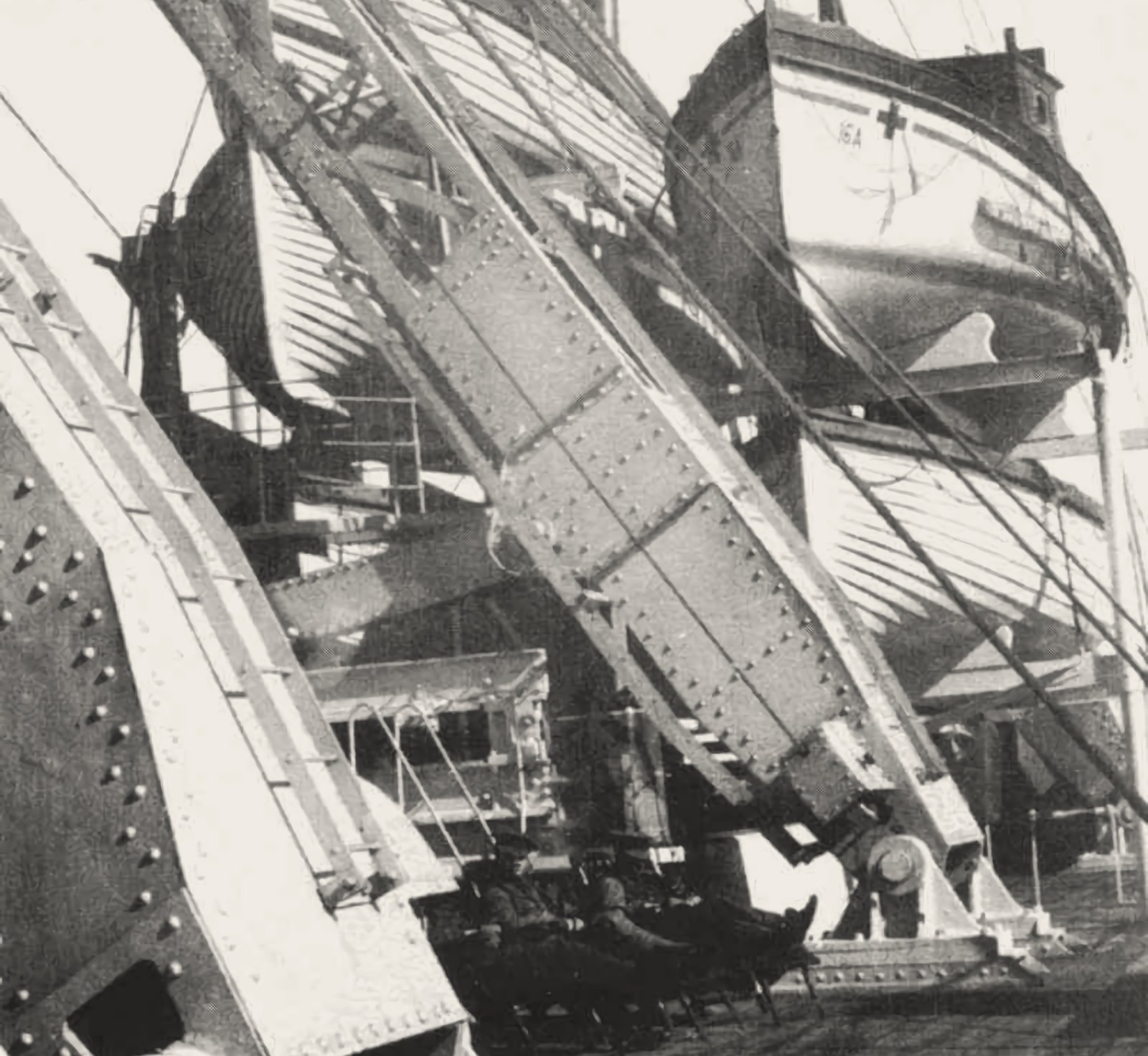 Unknown Author, Wikimedia Commons
Unknown Author, Wikimedia Commons
A Peaceful Morning
Reportedly, the last morning the Britannic ever saw was "the quietest and loveliest sunrise of the voyage". Bathed in the gorgeous light, the ship sliced through the glassy water. It seemed like the start of the most perfect day. What could possibly go wrong?
Hitting The Mine
When the Britannic hit a mine at 8:12 am on November 12, not everyone on the ship had the same reaction. Those located closer to the ship's stern didn't feel the full strength of the explosion. Some people thought they had simply run into a tiny boat. However, the horrifying truth of the matter was about to make itself known.
The Water Rushed In
The mine damaged the starboard side of the Britannic, compromising the watertight bulkhead located in the middle of hold one and the forepeak. Horrifyingly, water began rushing into the first watertight compartments. But that was just the tip of the iceberg.
A Blindsiding Blow
The explosion also damaged the boiler-man's tunnel—and the boiler room began filling up as well. It was a blow that nobody had seen coming—not even "Iceberg Charlie".
The Captain Took Charge
Captain Bartlett had been on the bridge at the moment of impact, but he quickly reacted to the horror show on hand. Not only did he send out a distress signal, but he also demanded that the watertight doors be shut. This certainly wasn't going to be another Titanic debacle—not on his watch.
Damaged Antenna Wires
Bartlett made sure to alert the crew and have them organize the lifeboats. However, there was something he didn't know. The damage extended to the antenna wires responsible for important transmissions. The Britannic's crew could use their radio to send out messages—but tragically, they couldn't receive any.
Broken Watertight Doors
The developing disaster proved one thing to be true: The Britannic was not as watertight as it had promised to be. There was supposed to be a watertight door separating boiler rooms five and six. However, it didn't do much good because it malfunctioned and didn't completely close.
Reaching The Flooding Limit
When boiler room five began filling with water, the situation took an even scarier turn. The ship's flooding limit had officially been hit. Their only chance of staying afloat was if the water flooded no more than six compartments. Based on the damage, the ship was bound to pull through... However, a devastating mistake had been made.
The Nurses Made A Terrible Mistake
The front lower deck had portholes, which were supposed to remain shut. However, some nurses had acted against orders, opening them for ventilation. Following the explosion, the ship began to tilt and the water eventually reached the open portholes. The flooding that ensued pushed the Britannic past its limit. Now, it was only a matter of time before the ship sunk.
She Sank Quickly
The loss of the Britannic was even quicker than that of the Titanic. After hitting the mine, the ship deteriorated at such a pace that in just 10 minutes, it was in a similar position the Titanic had been in after one hour. Additionally, it took only 15 minutes for the open portholes to be compromised. Captain Bartlett tried to act as quickly as he could.
He Tried To Beach Her
Hoping to direct the Britannic toward land—the island of Kea—Bartlett had the crew turn the ship starboard. But with so much damage to the steering gear, navigation was a nightmare. As the captain attempted to coax the ship toward safety, the evacuation of the ship had already begun.
They Waited For Permission
After gathering their valuables, the passengers still had to wait for the lifeboats to be lowered. Captain Bartlett had not yet given the orders. A feeling of panic began to ripple out amongst the crew—and that's when they made a regrettable decision.
They Acted Against Orders
The Britannic had begun to list quite dangerously, which scared everyone on board. Some of the crew members worried that they wouldn't be able to properly evacuate and decided to act without express orders. On the port side, they lowered two of the lifeboats. The consequences were utterly gruesome.
They Paid A Bloody Price
Horrifyingly, the turning propellers became the lifeboats' enemy, pulling them toward the deadly blades. They didn't stand a chance. The propellers massacred both lifeboats—and 30 people lost their lives. Thankfully, Captain Bartlett ordered the engines to be turned off, saving several other boats that could have met a similar fate.
He Still Had Hope
Though the evacuation started on a tragic note, by 8:50 am, almost everyone had found salvation on a lifeboat—35 had been launched. Believing that he could still beach the Britannic, Bartlett started up the engines once more. This time, however, he was wrong.
The Engines Stopped
The ship's movement only caused her to flood quicker, and at 9:00 am, Bartlett had no choice but to admit defeat. First, he halted the engines. Then he brought his whistle to his lips and confirmed the Britannic's ultimate fate.
Abandoning The Ship
Captain Bartlett blew his whistle twice, signaling that it was time to abandon ship. However, he did not go down with his ship. He and his assistant commander ended up swimming toward a collapsible boat.
After hitting the mine, it took the Britannic only 55 minutes to disappear beneath the waves.
A Better Rescue
The conditions surrounding the rescue of the Britannic differed from the Titanic in several ways. For one, the water was much warmer (20 °C) and there were enough lifeboats to go around.
Help Came Quicker
Following the initial distress call, help arrived much quicker—in less than two hours. In comparison, when the Titanic sank, it took over three hours for help to arrive.
The Amazing Story Of Violet Jessop
Perhaps one of the famous stories to come out of the HMHS Britannic disaster was that of Violet Jessop—a stewardess for the British Red Cross. Her story was particularly bizarre because she had worked on both of the Britannic's sister ships: the Titanic and the Olympic.
 Unknown Author, Wikimedia Commons
Unknown Author, Wikimedia Commons
She Survived The Titanic
Jessop had shockingly survived the Titanic's sinking—but her experience on the Britannic brought her even closer to danger than ever before.
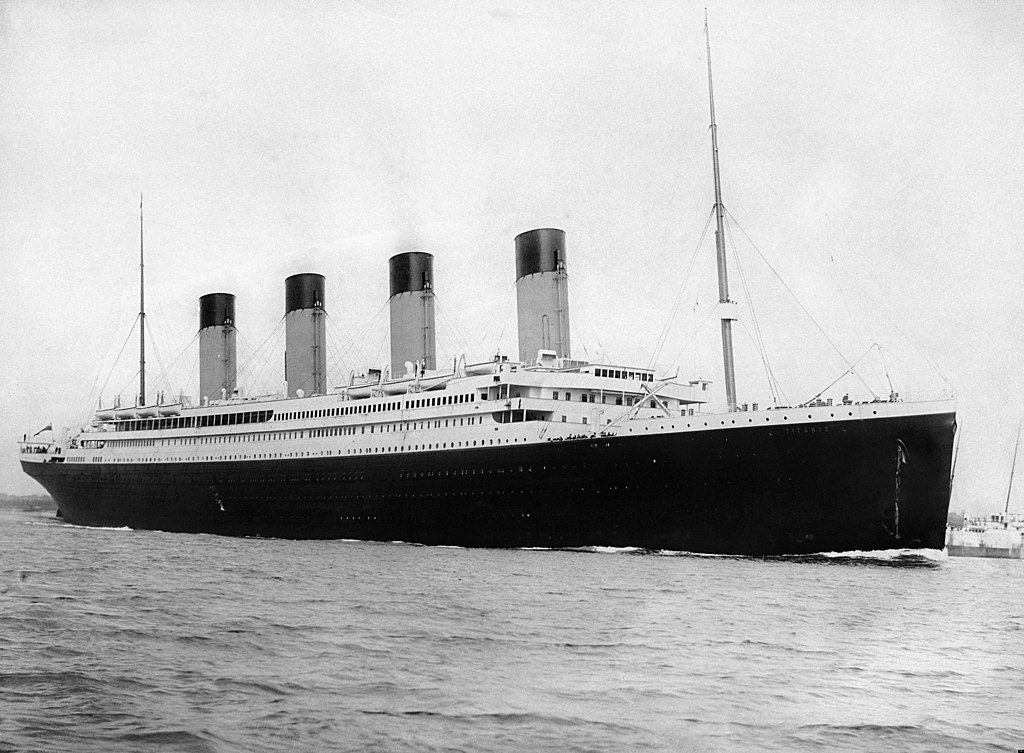 Francis Godolphin Osbourne Stuart, Wikimedia Commons
Francis Godolphin Osbourne Stuart, Wikimedia Commons
She Was On One Of The Doomed Lifeboats
The scariest part of the Britannic's sinking was when the first two lifeboats got pulled into the spinning propellers. Who was on one of these boats? None other than Violet Jessop. So, how did she survive?
She Jumped
Jessop managed to leap from her lifeboat before it got crushed. However, suction was still her enemy—and it dragged her beneath the water. She fought her way to the surface, only to smack her head on the bottom of one of the damaged boats.
She Almost Drowned
It seemed like the end for Jessop—but just when all hope seemed lost, a hand grasped her from above and pulled her to safety. At first, she seemed to be completely unscathed. However, it wasn't until years down the road that the extent of her injuries became known.
She Was One Of The Lucky Ones
When Jessop hit her head on the boat, she fractured her skull. Still, considering how close she was to meeting her maker, Violet Jessop was one of the lucky ones. After all, she had survived a tragedy at sea for the third time.
A Forgotten Tragedy
Compared to her sister ship's infamous end, it didn't take long for the sinking of HMHS Britannic to fade from people's minds. The number of fatalities had been significantly lower than the Titanic's and it had only ever served as a hospital ship. However, one significant event managed to shine a light on its history all over again.
Rediscovery
In December 1975, Jacques Cousteau—an oceanographer and filmmaker—found the wreck of the Britannic. He eventually investigated the sunken ship himself with a team of divers. His expedition certainly renewed an interest in the forgotten disaster.
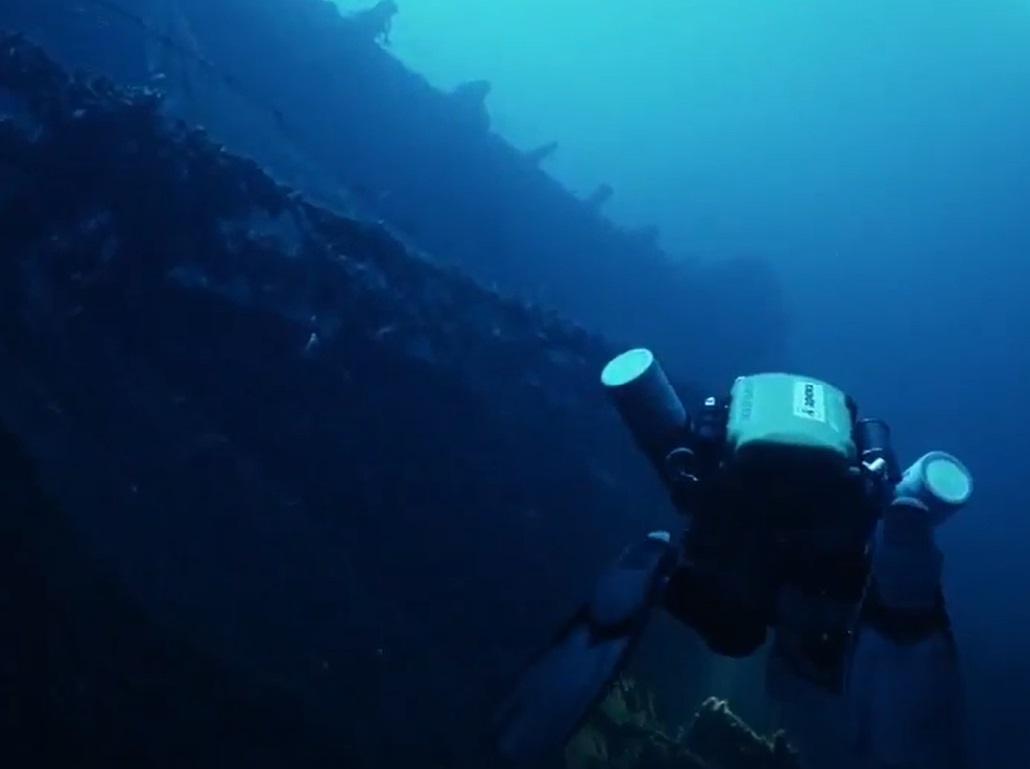 BBC, Titanic's Tragic Twin: The Britannic Disaster (2016)
BBC, Titanic's Tragic Twin: The Britannic Disaster (2016)
Frozen In Time
Now frozen on the floor of the Aegean Sea, the Britannic sits in around 400 feet of water. Lying on her starboard side, she is still mostly intact—apart, of course, from the gaping hole caused by the mine explosion.
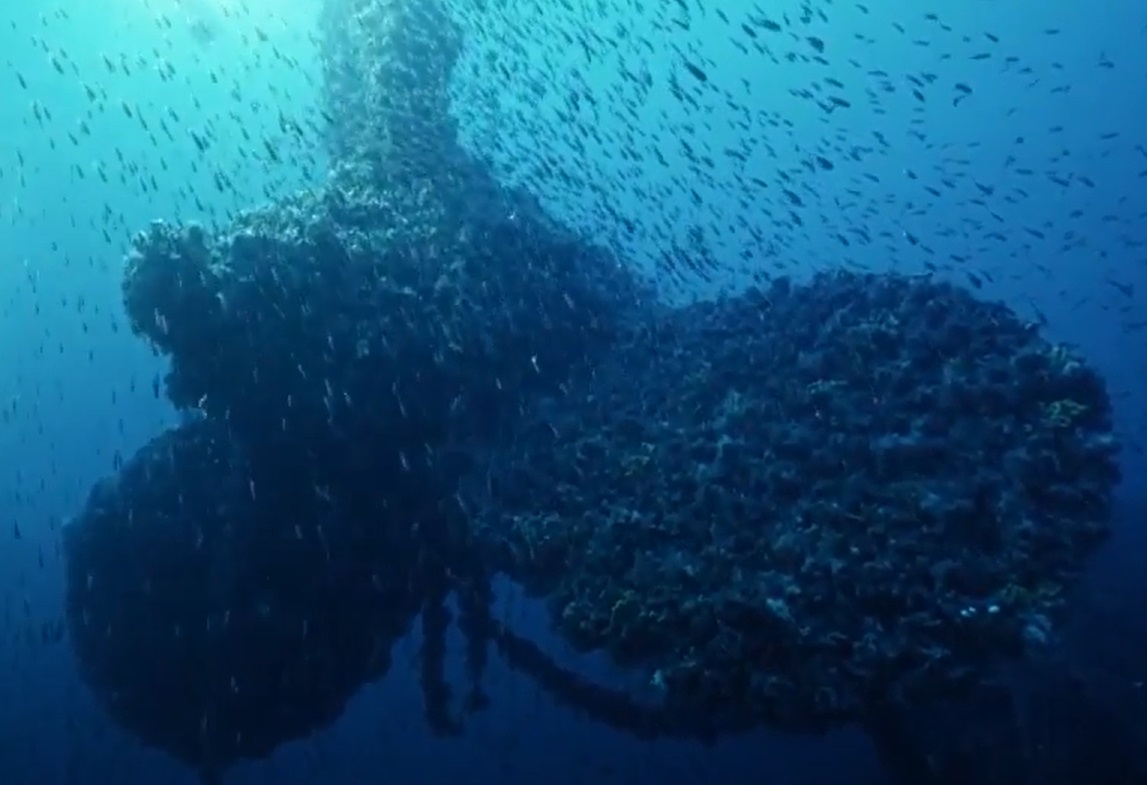 BBC, Titanic's Tragic Twin: The Britannic Disaster (2016)
BBC, Titanic's Tragic Twin: The Britannic Disaster (2016)
Hindsight Is 20/20
In the end, the fate of the HMHS Britannic was not as dire as it might have been had the Titanic not suffered such a harrowing fate. The Britannic's safety features—especially the attention paid to the number of lifeboats—undoubtedly played a role in the survival of 1,036 souls.
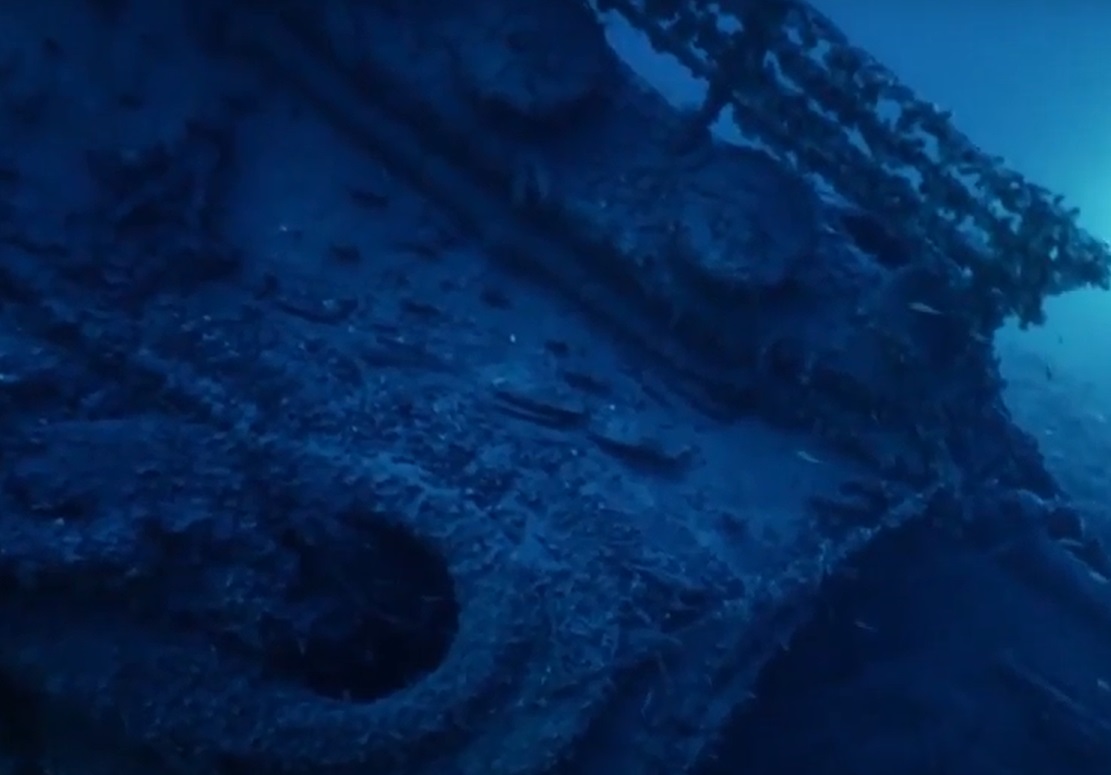 BBC, Titanic's Tragic Twin: The Britannic Disaster (2016)
BBC, Titanic's Tragic Twin: The Britannic Disaster (2016)

